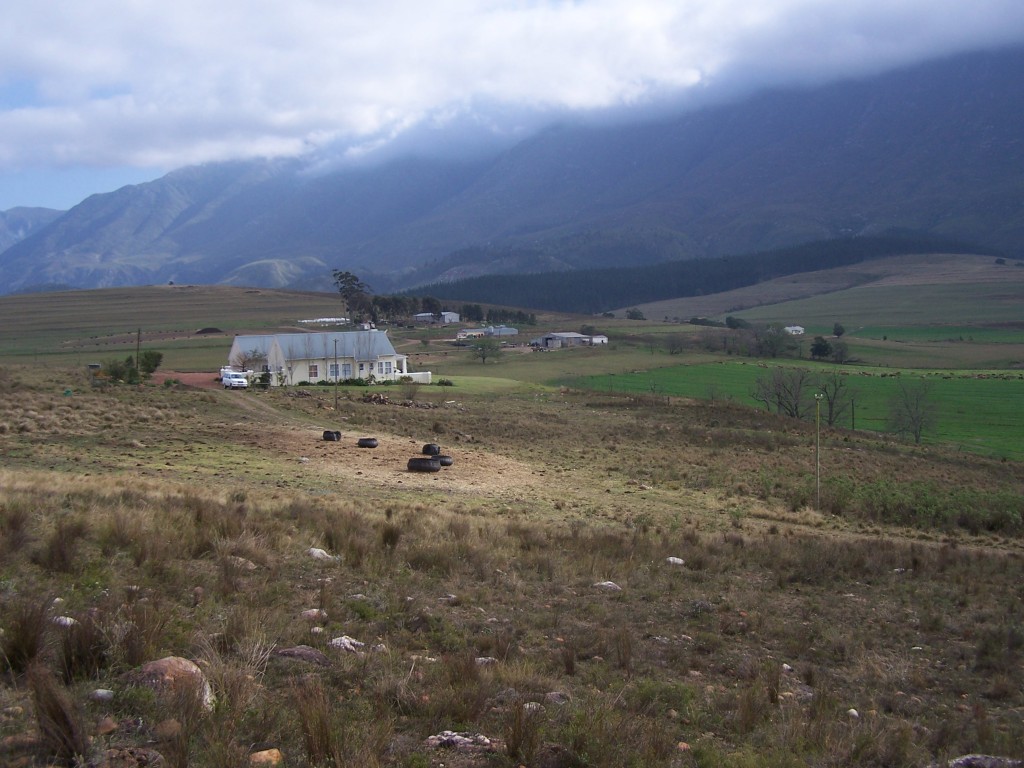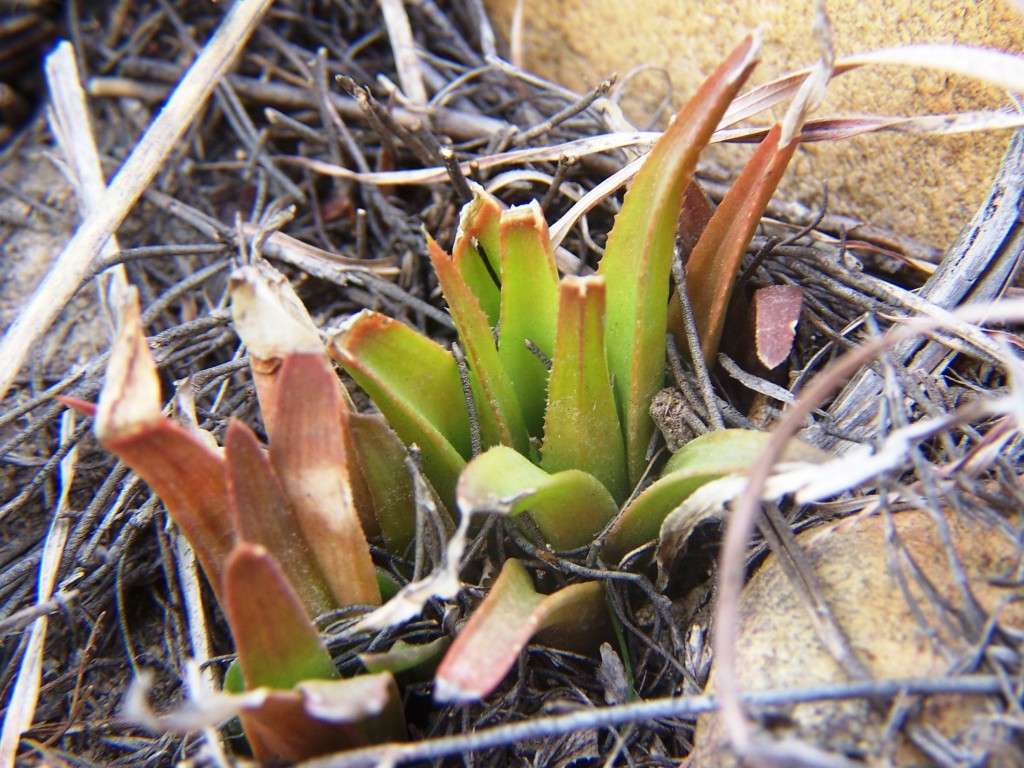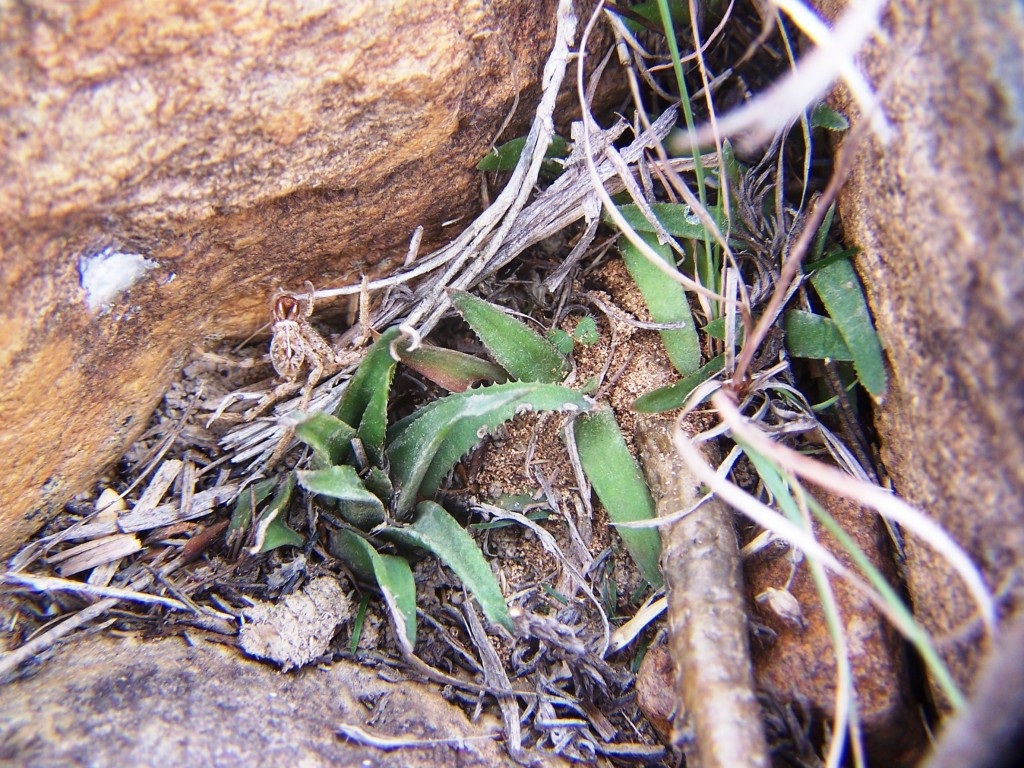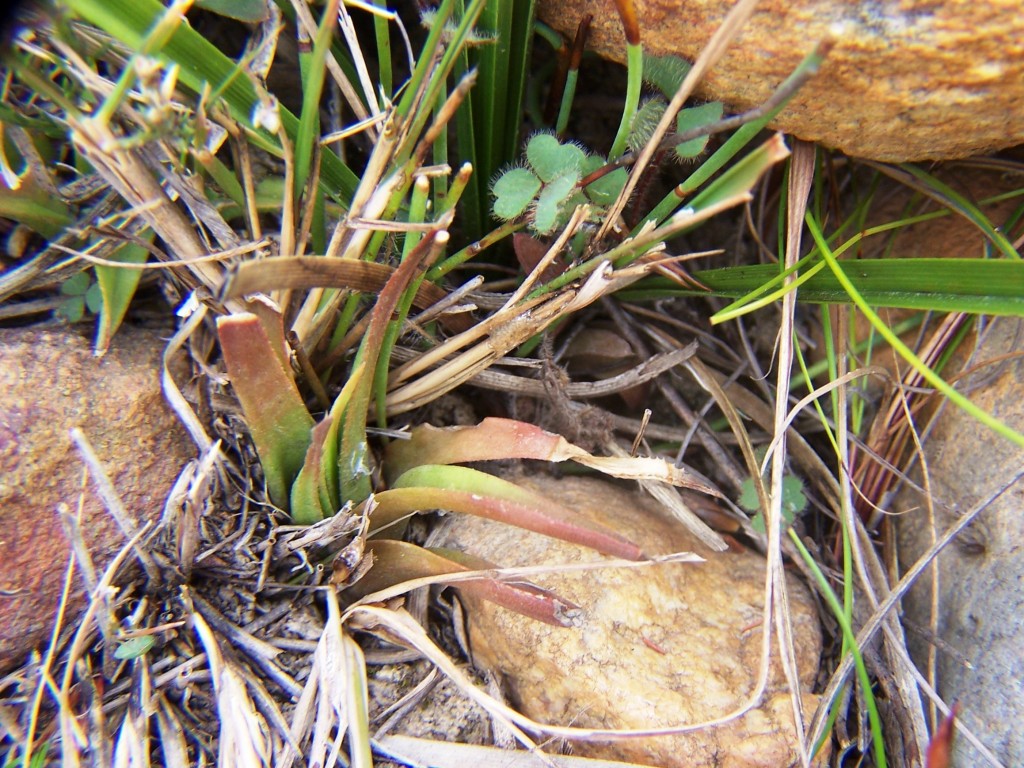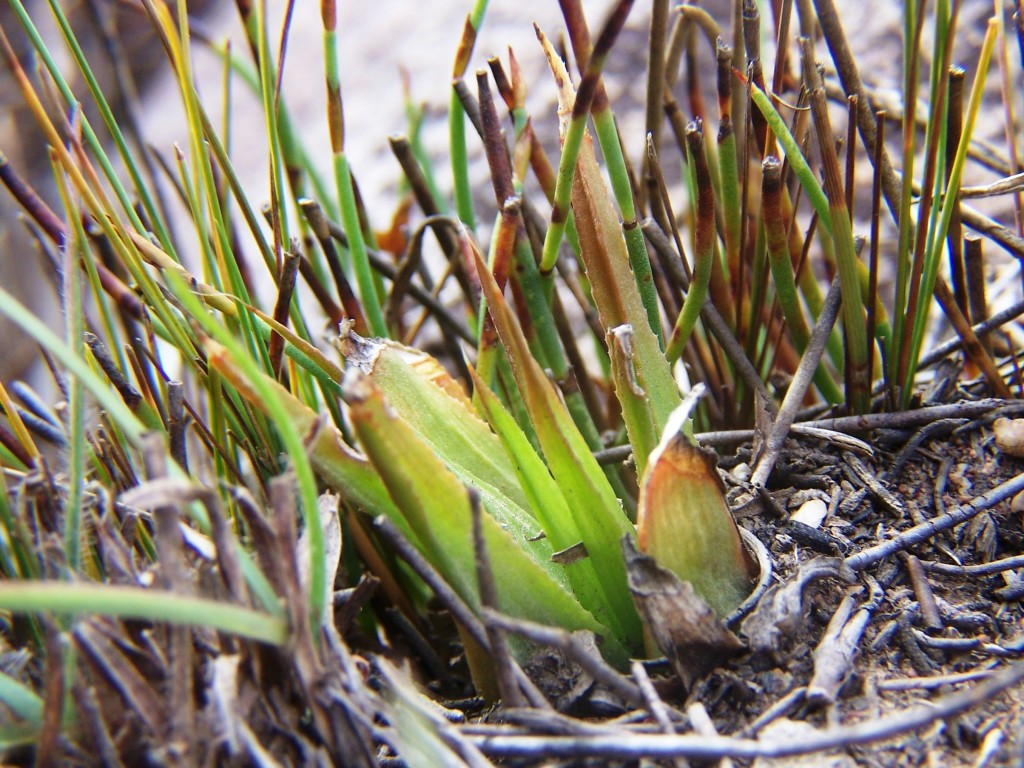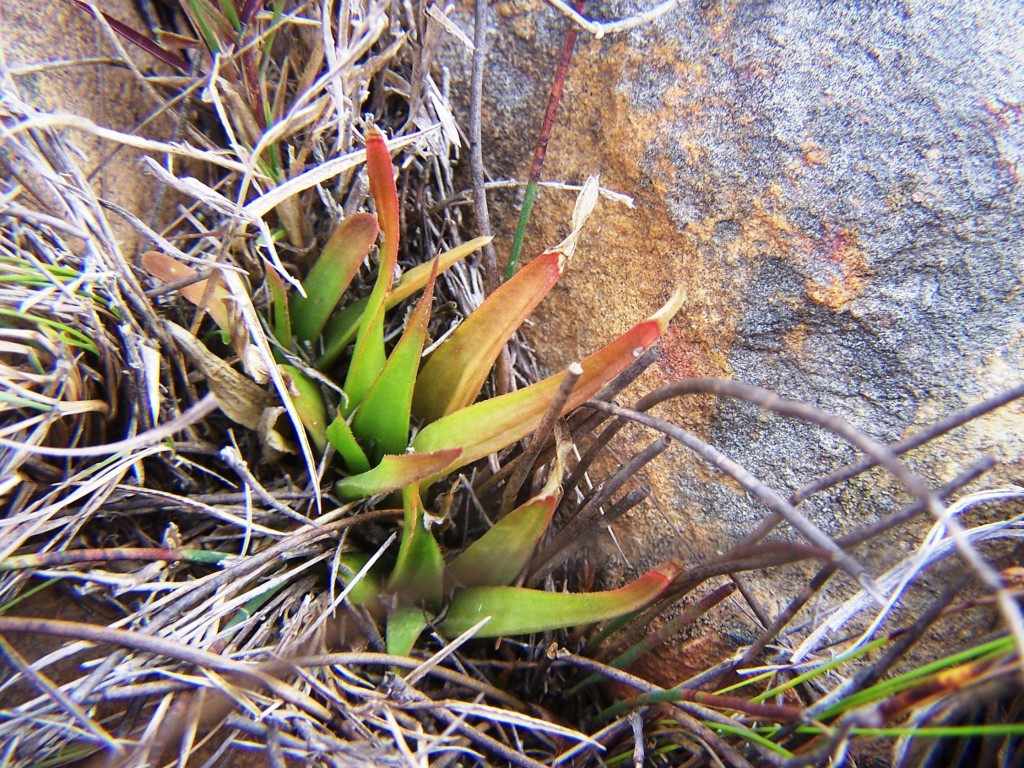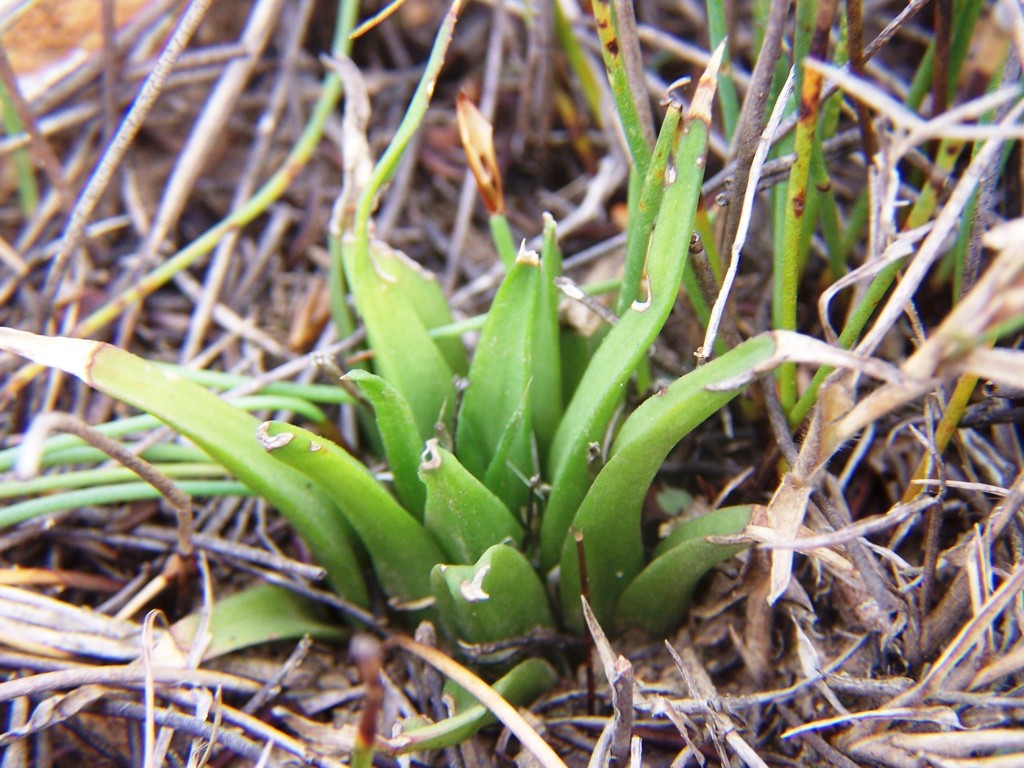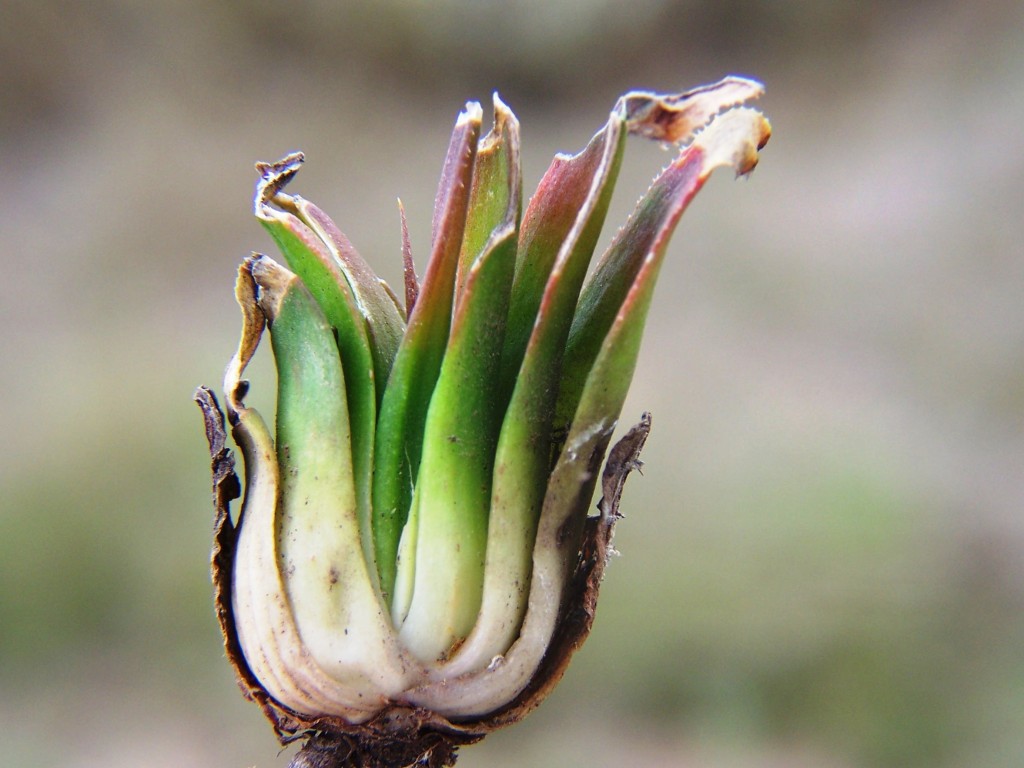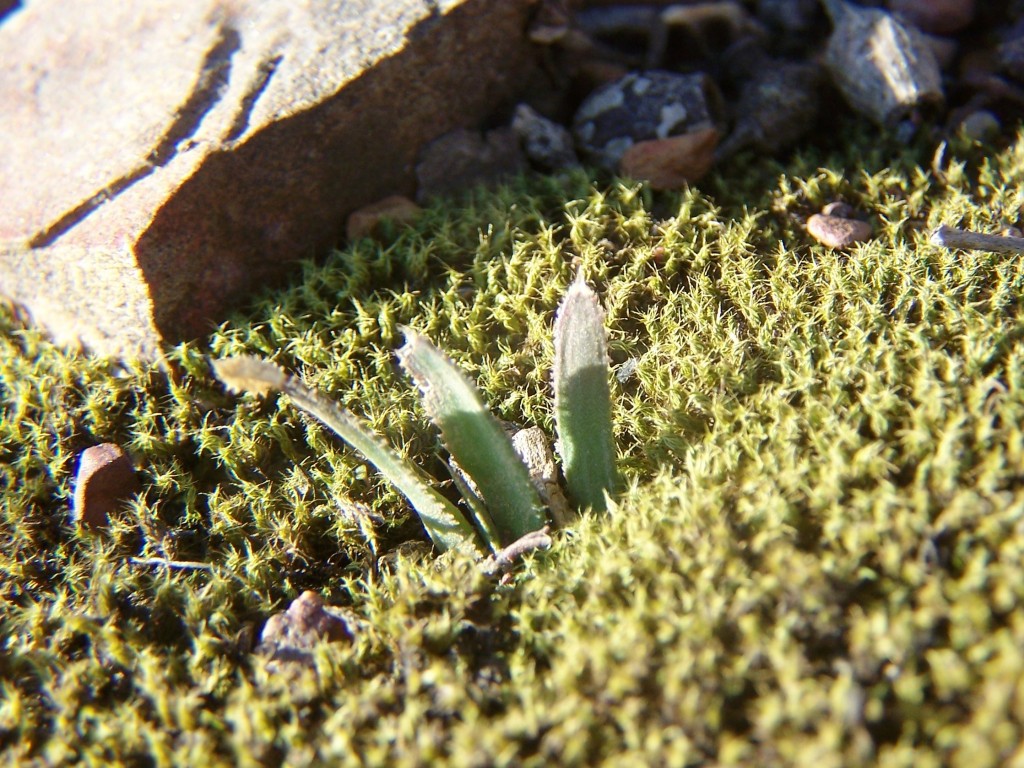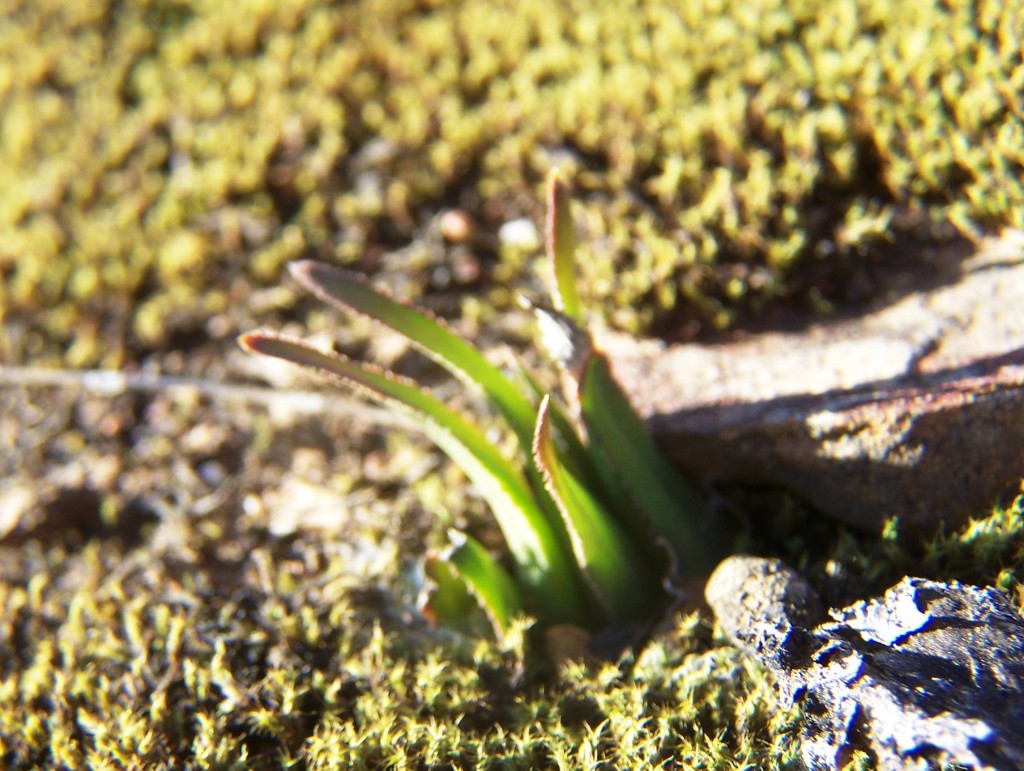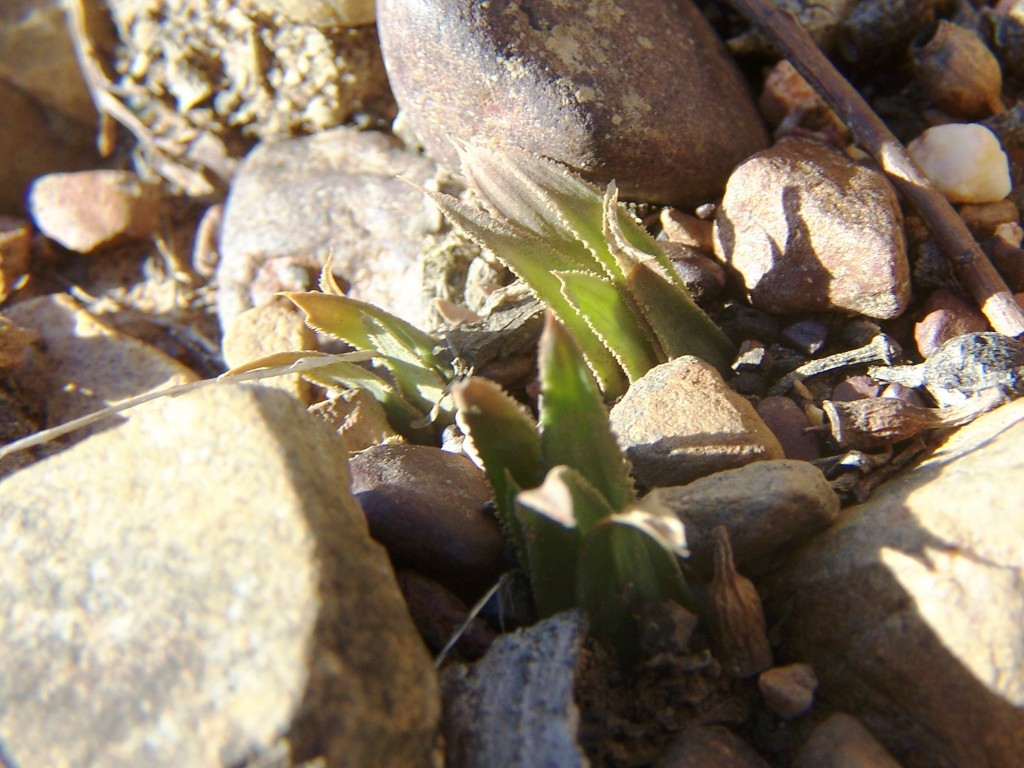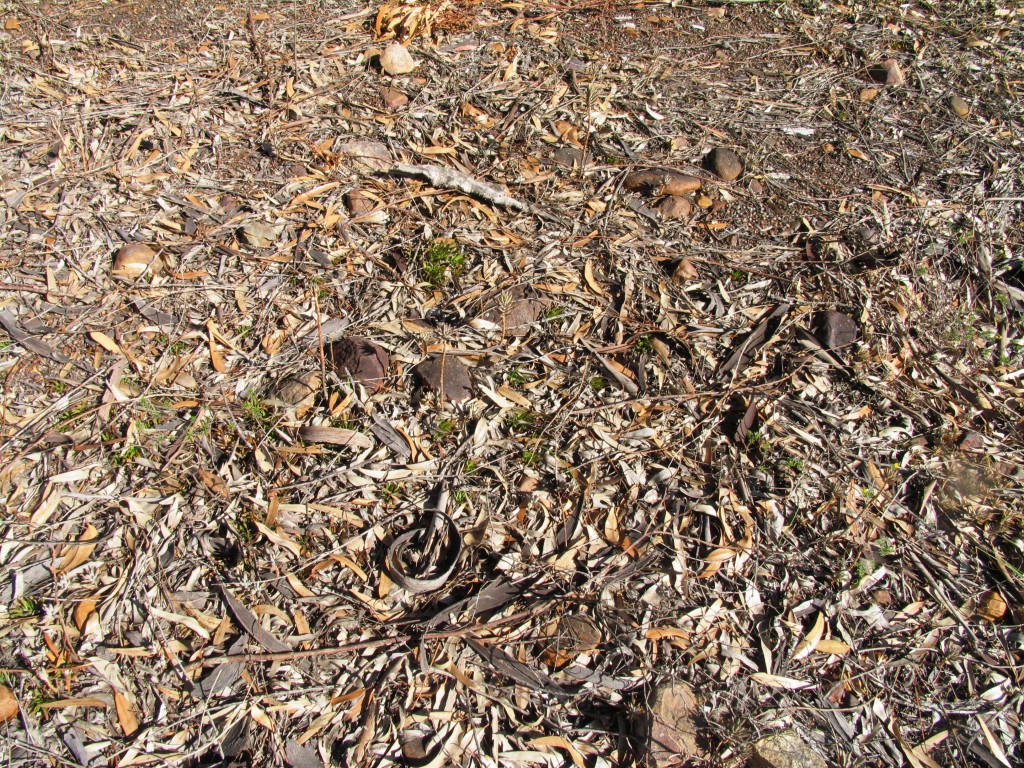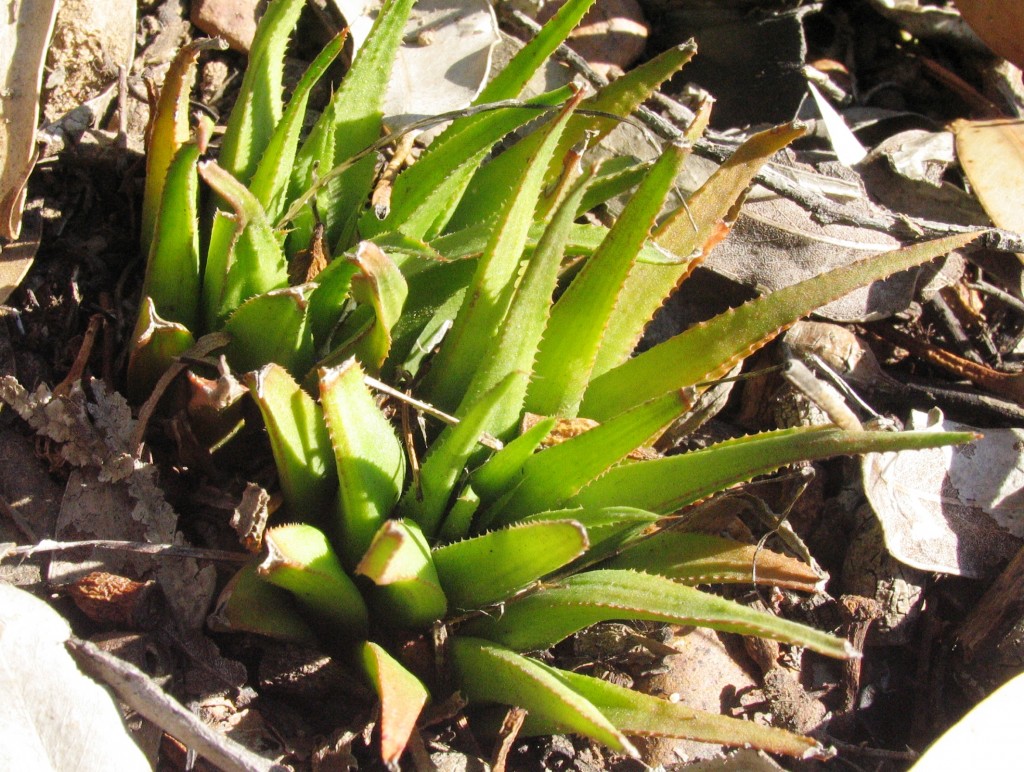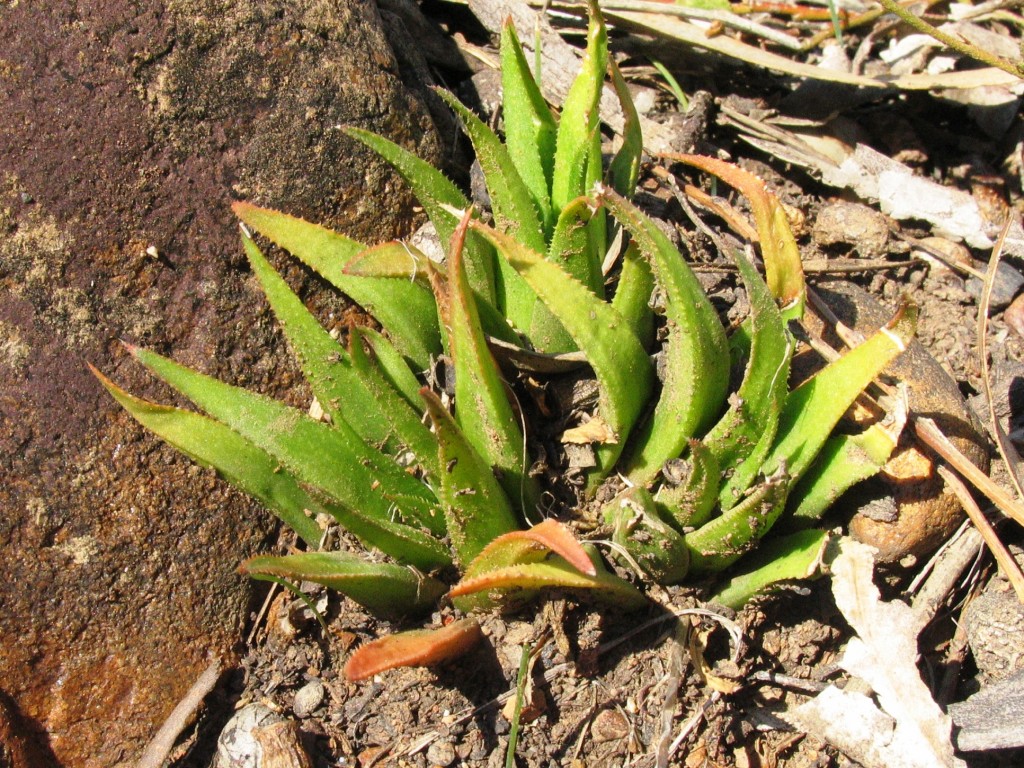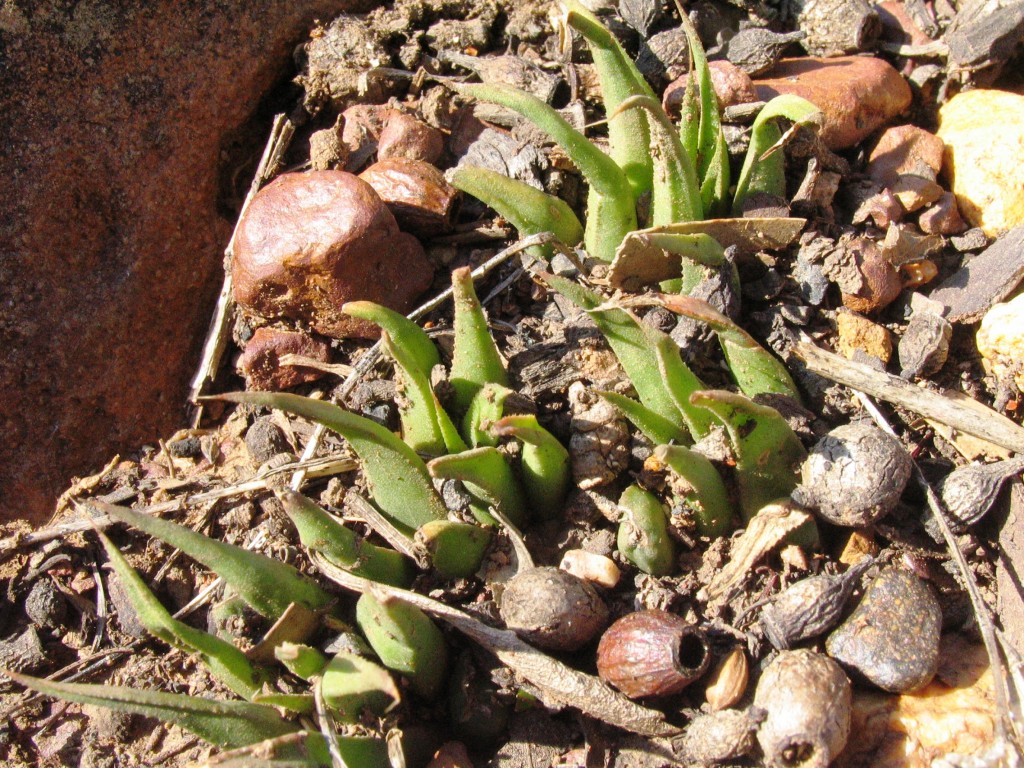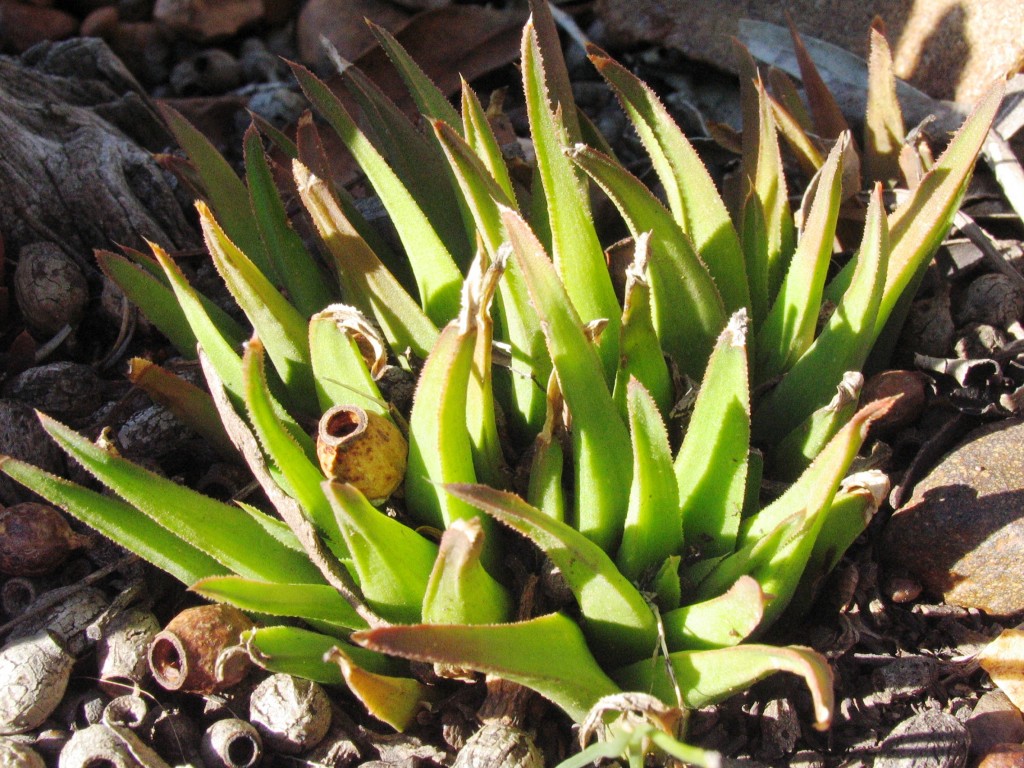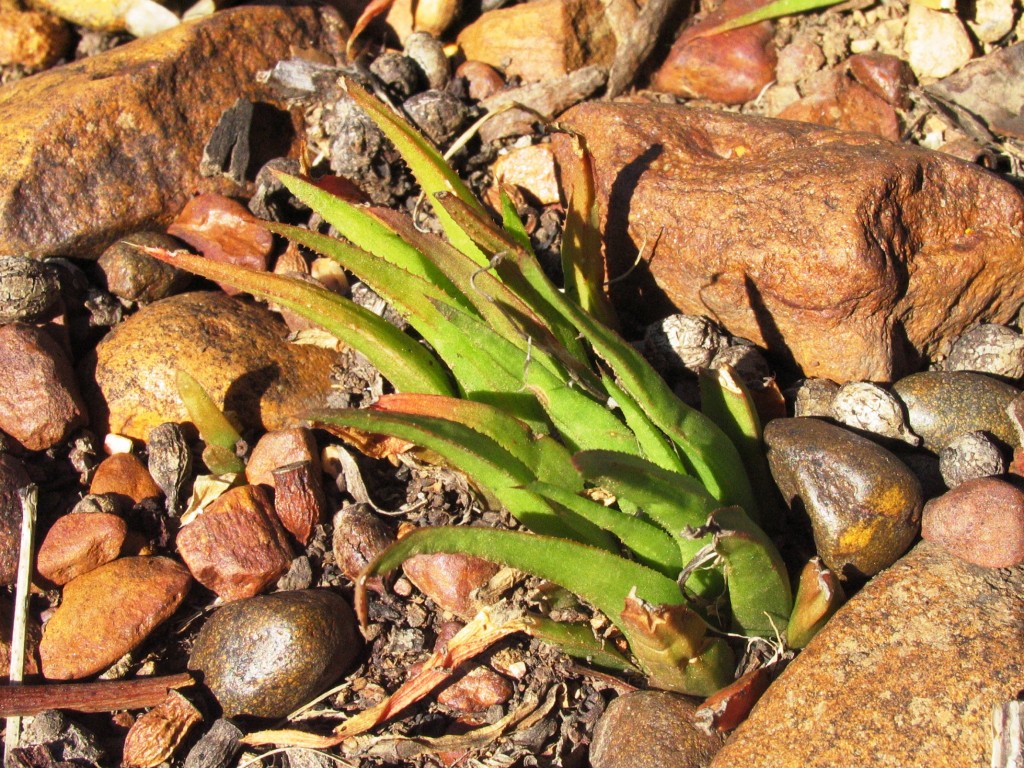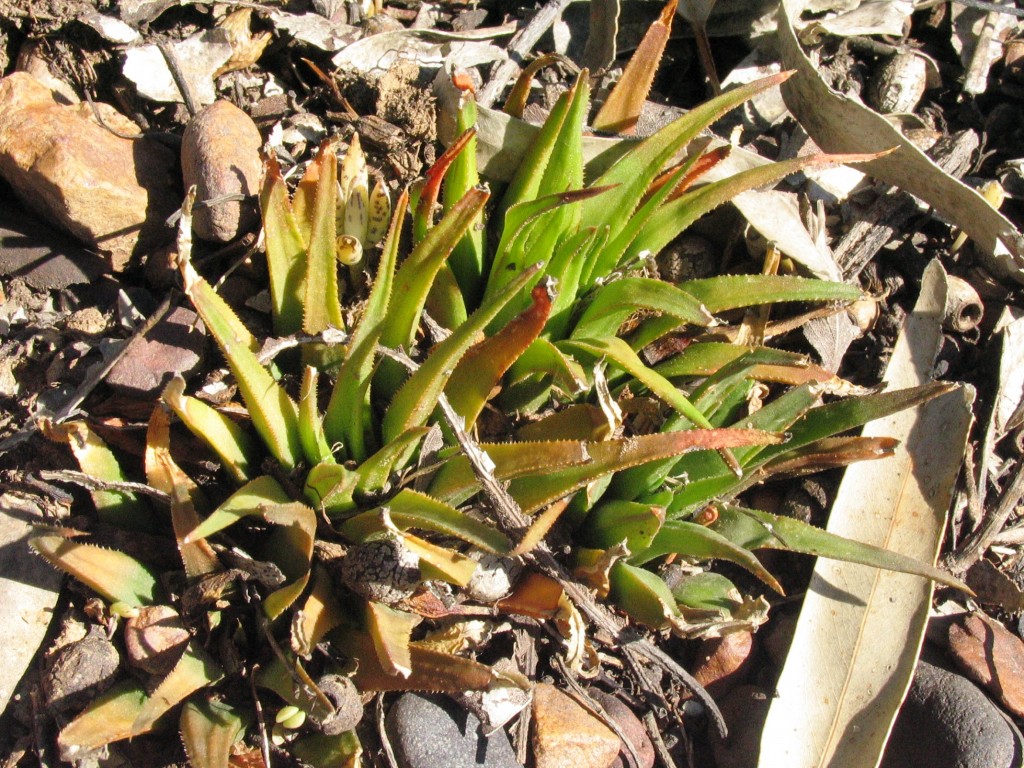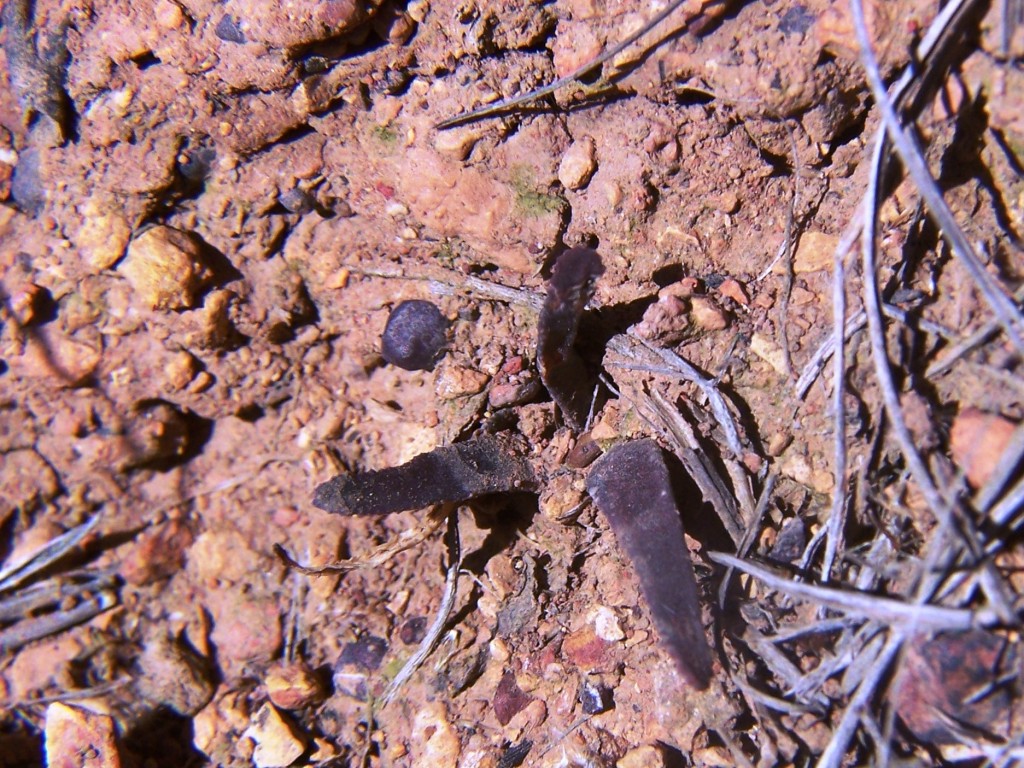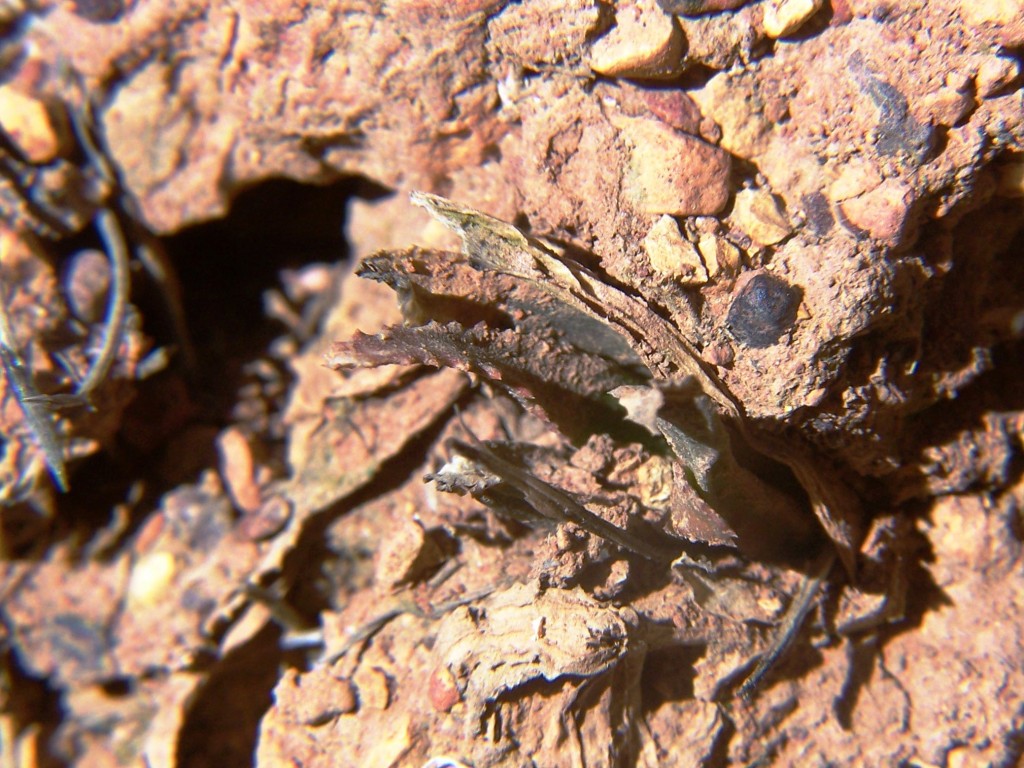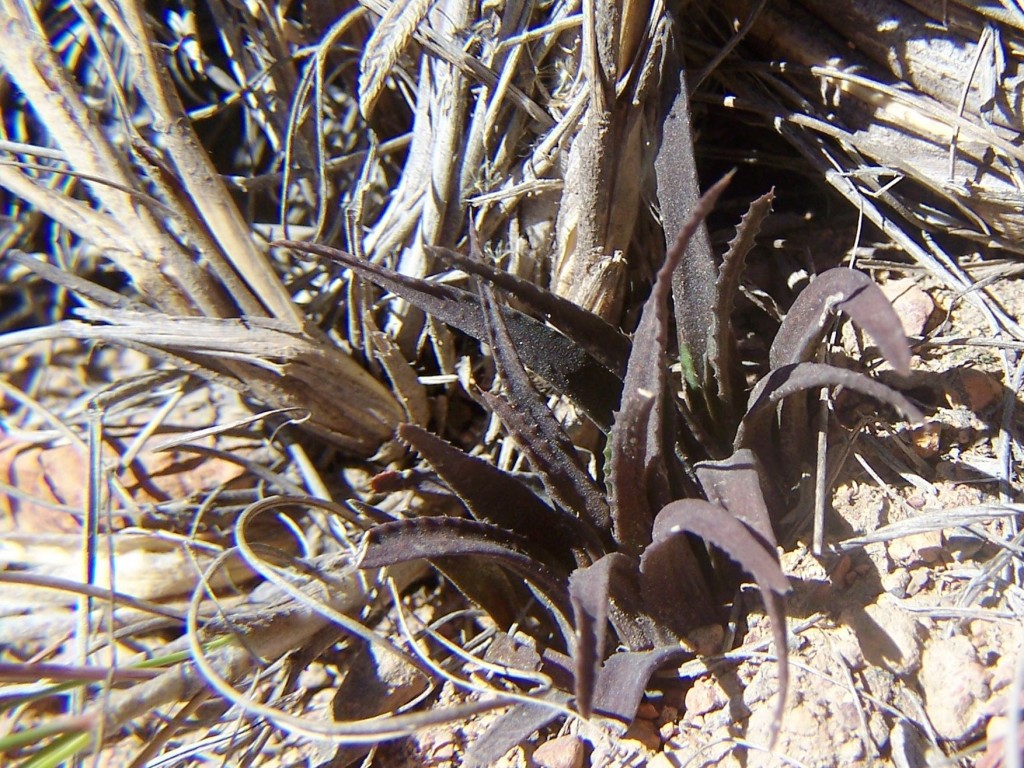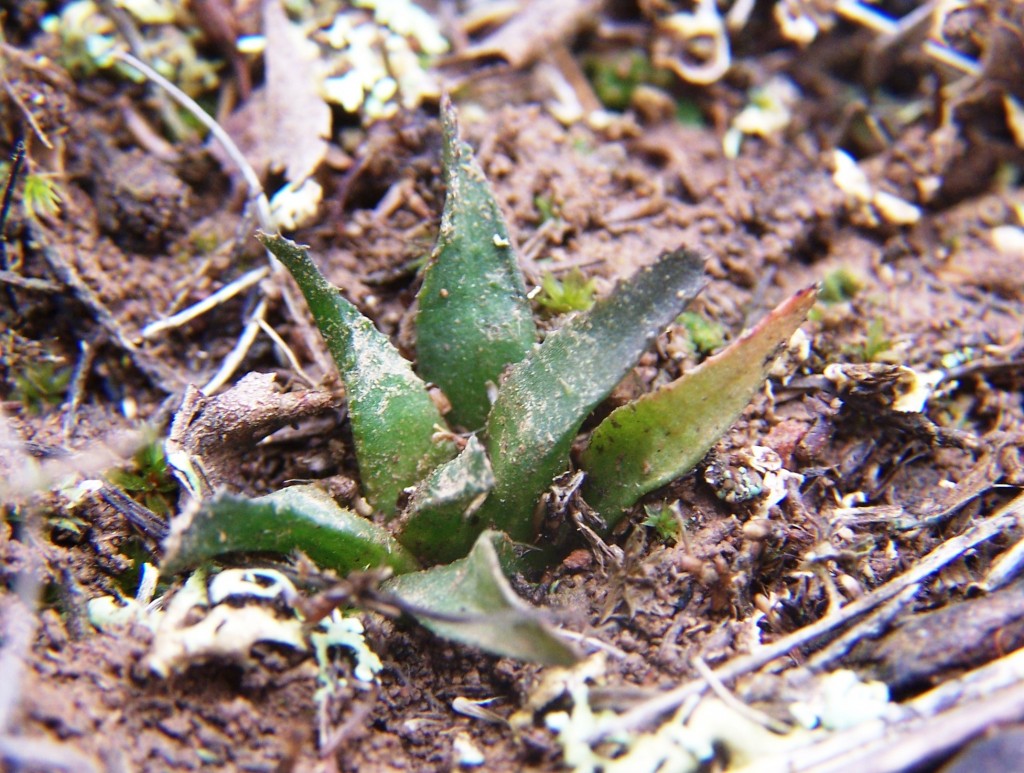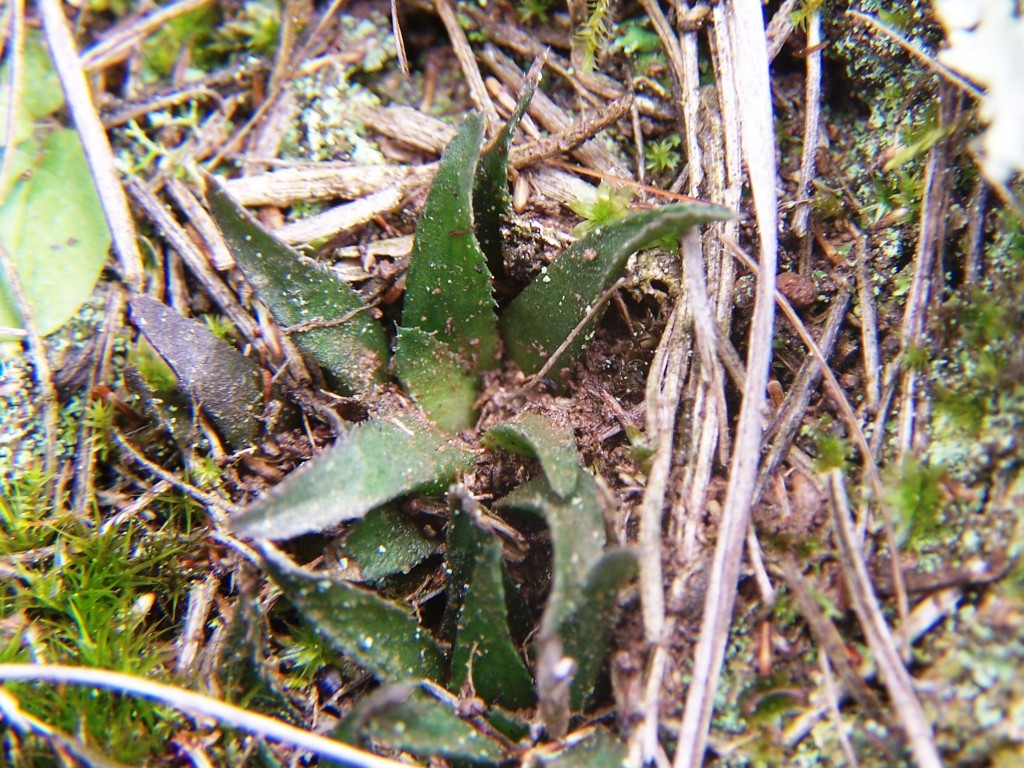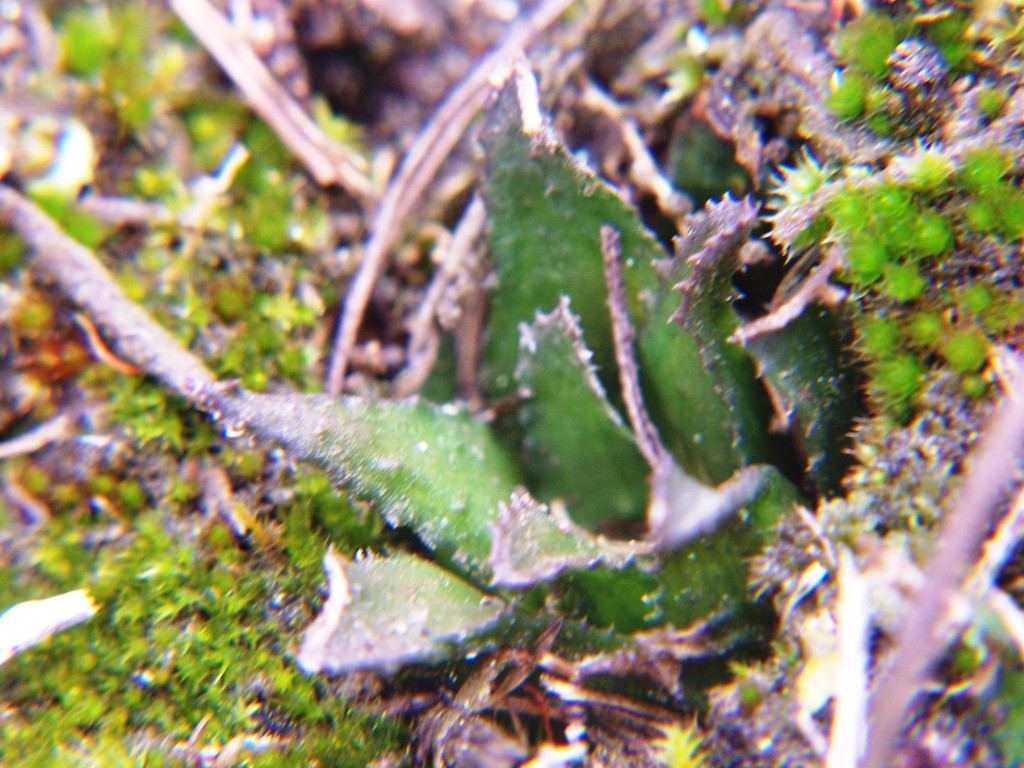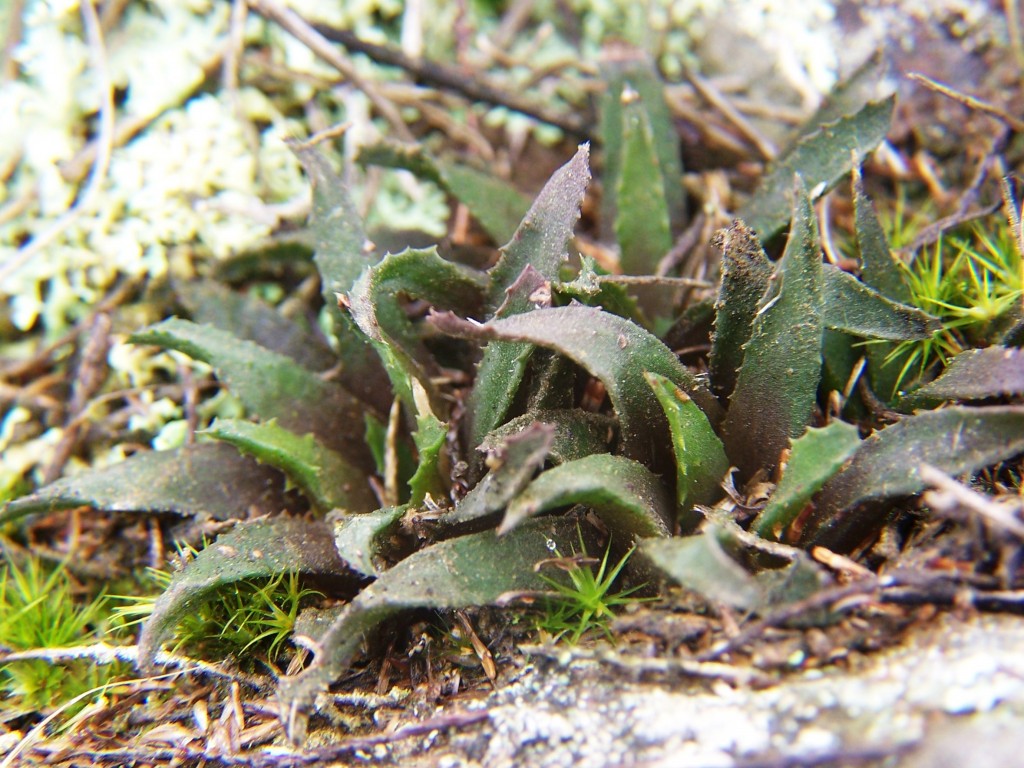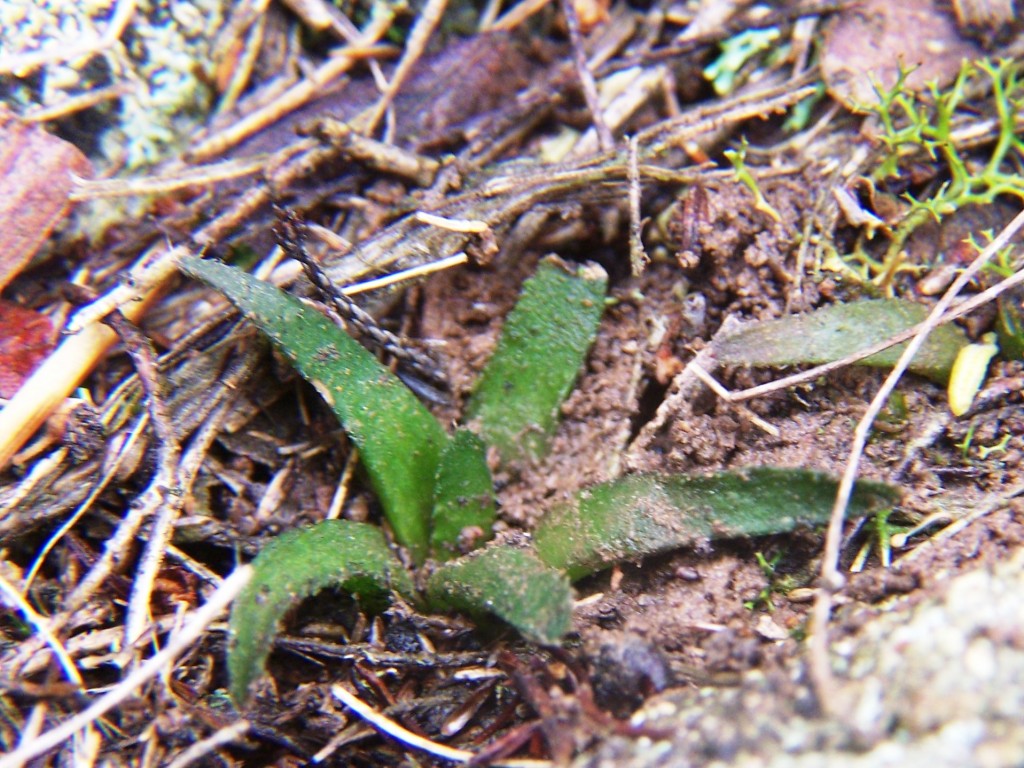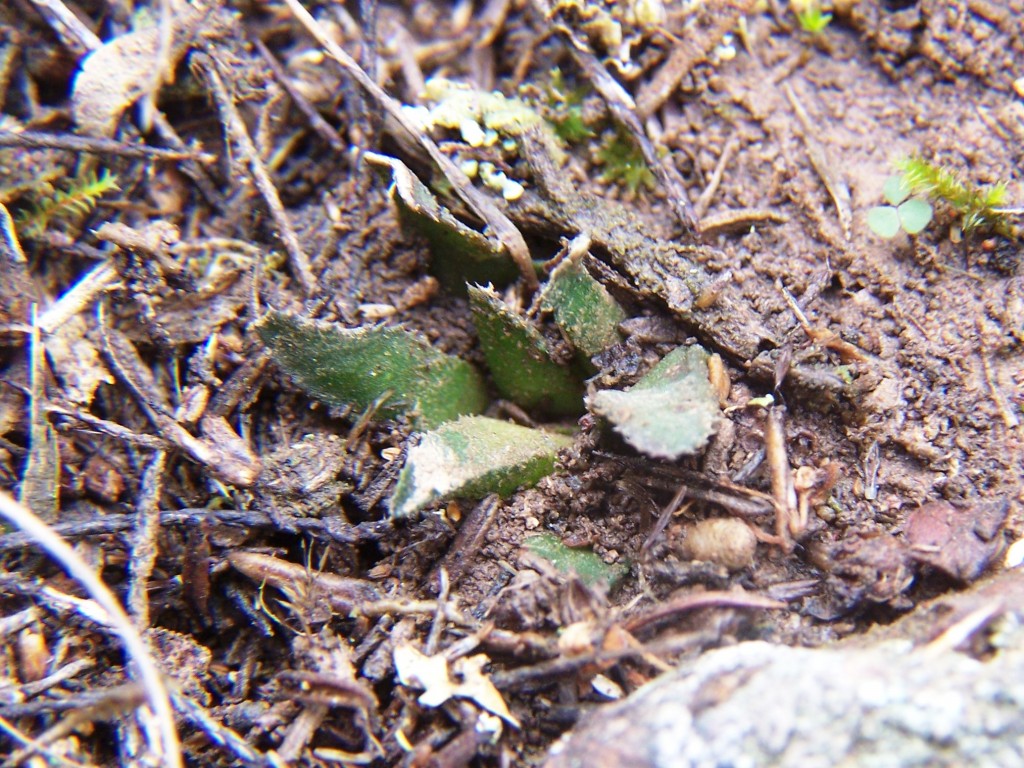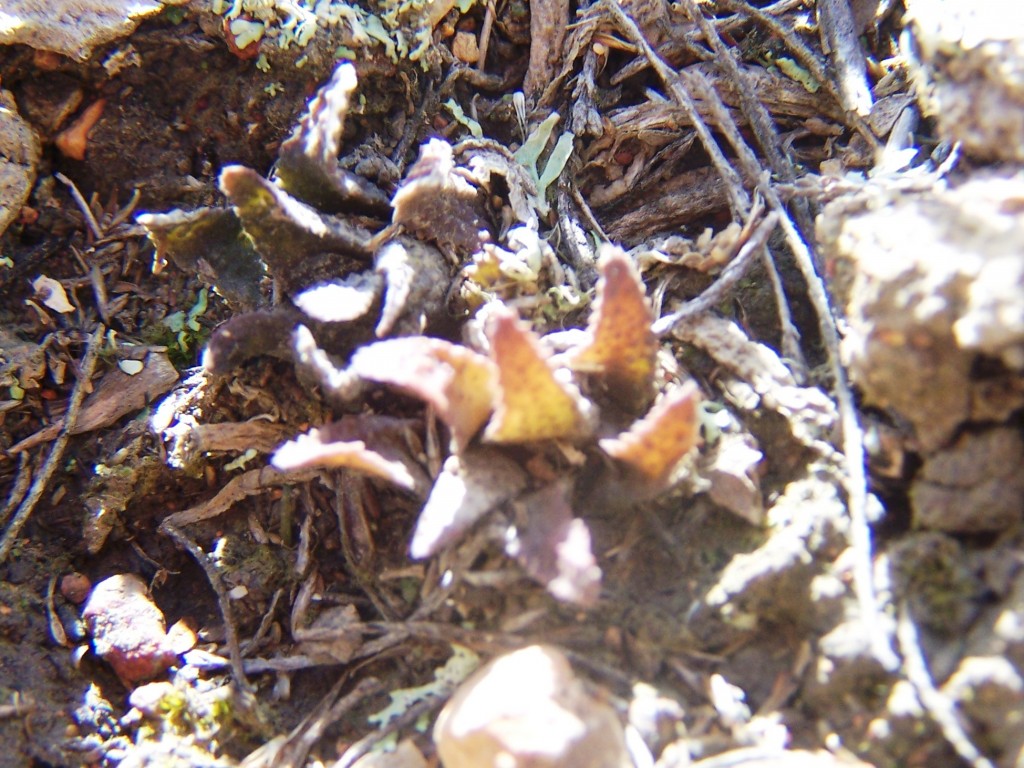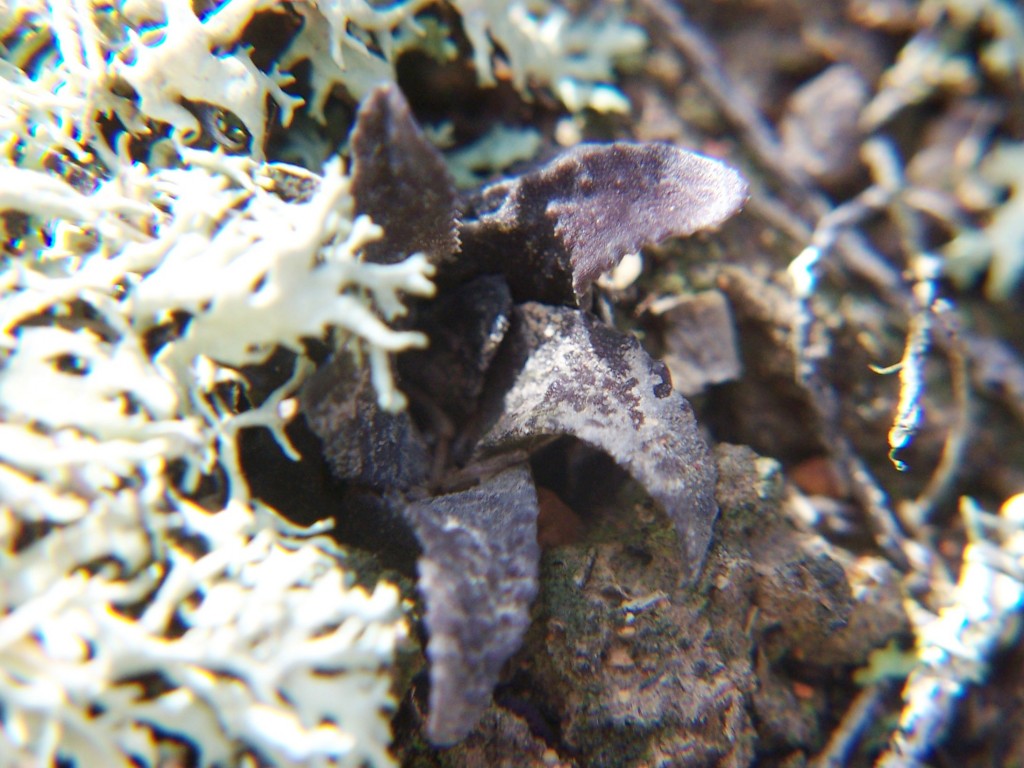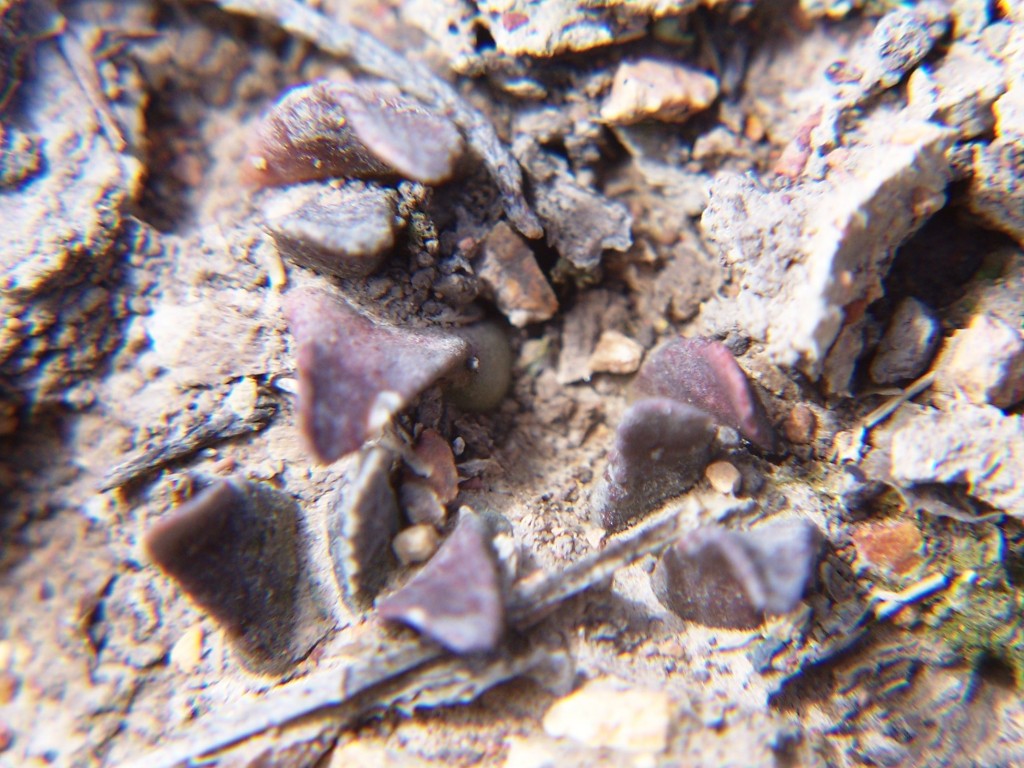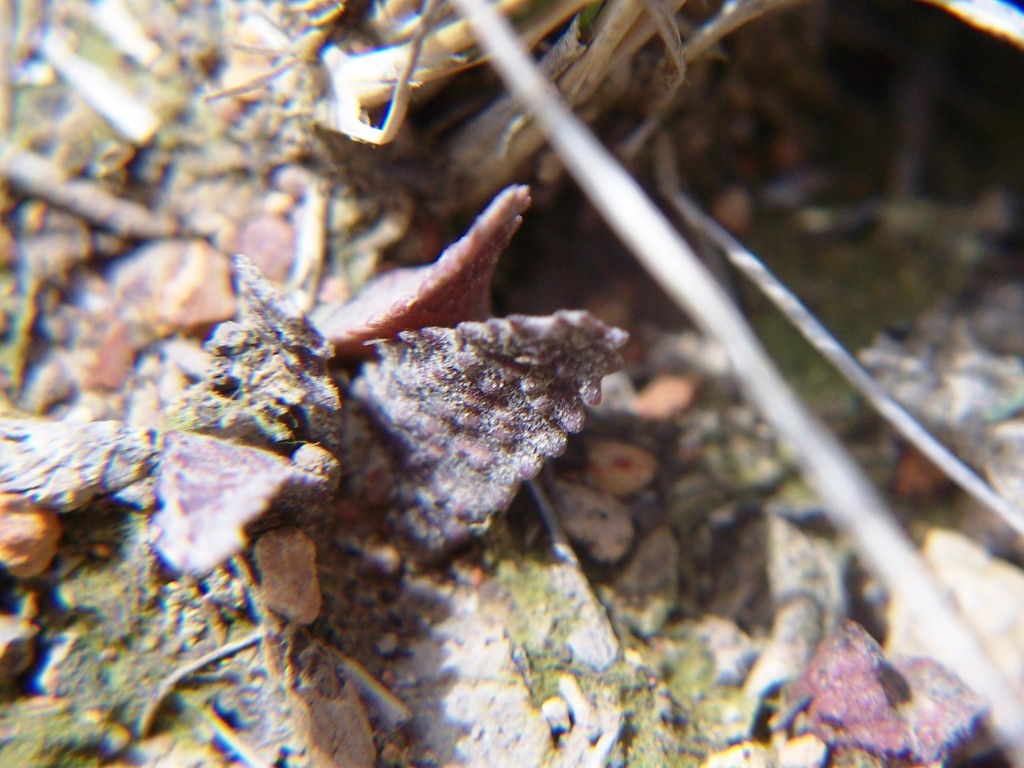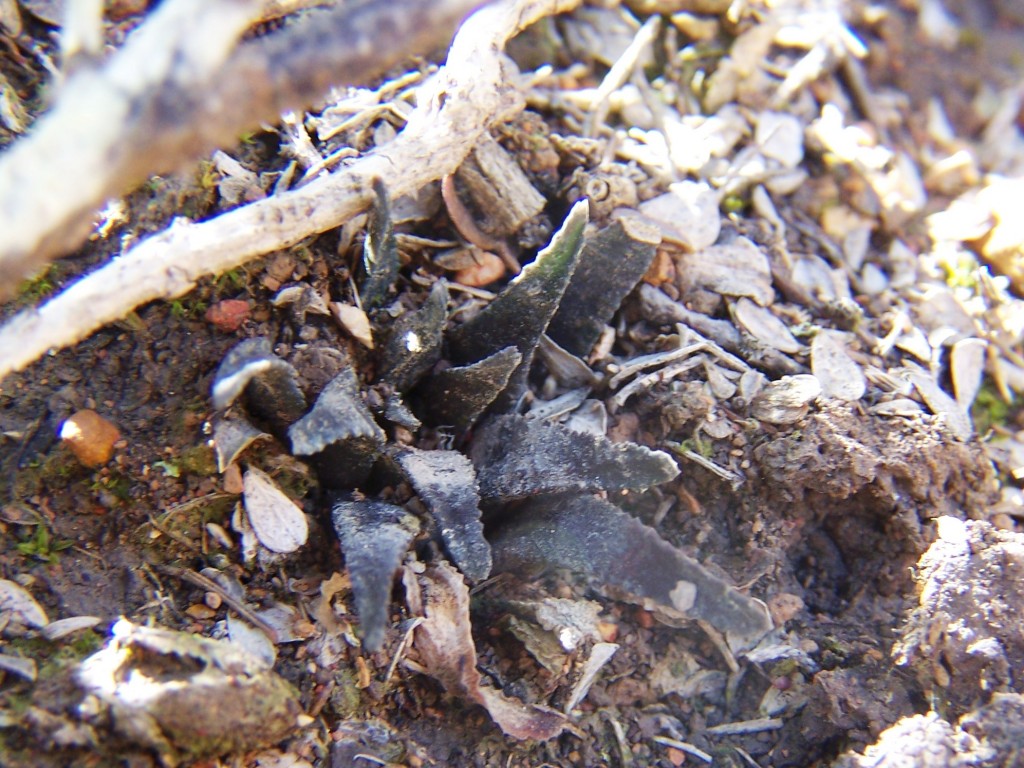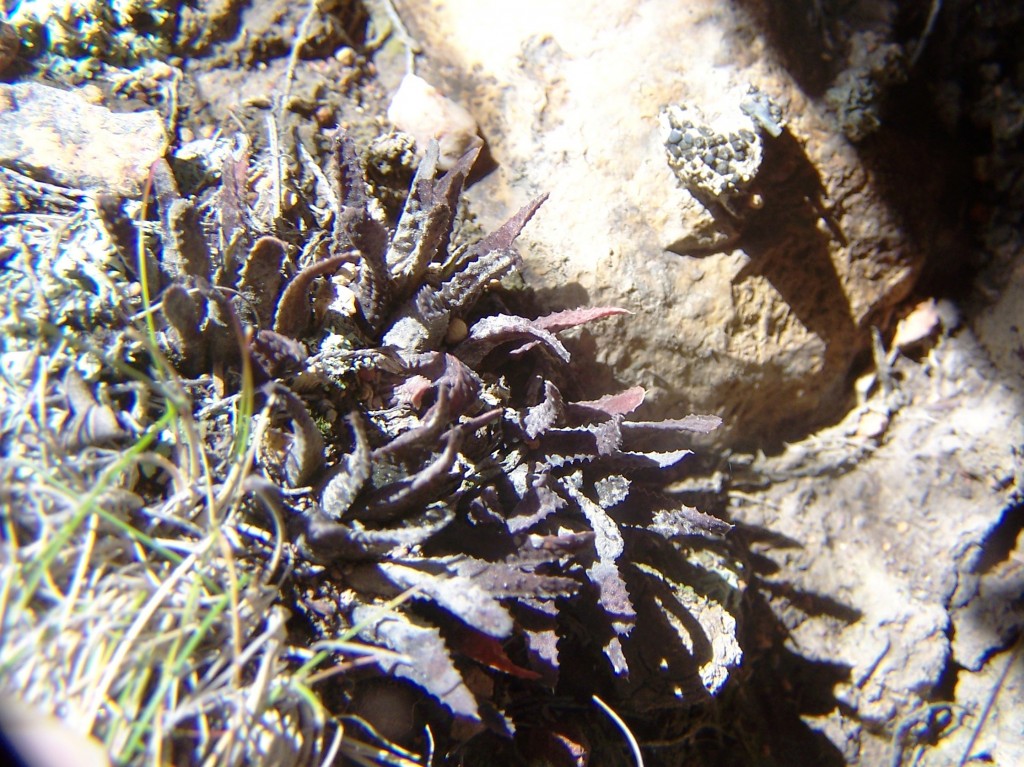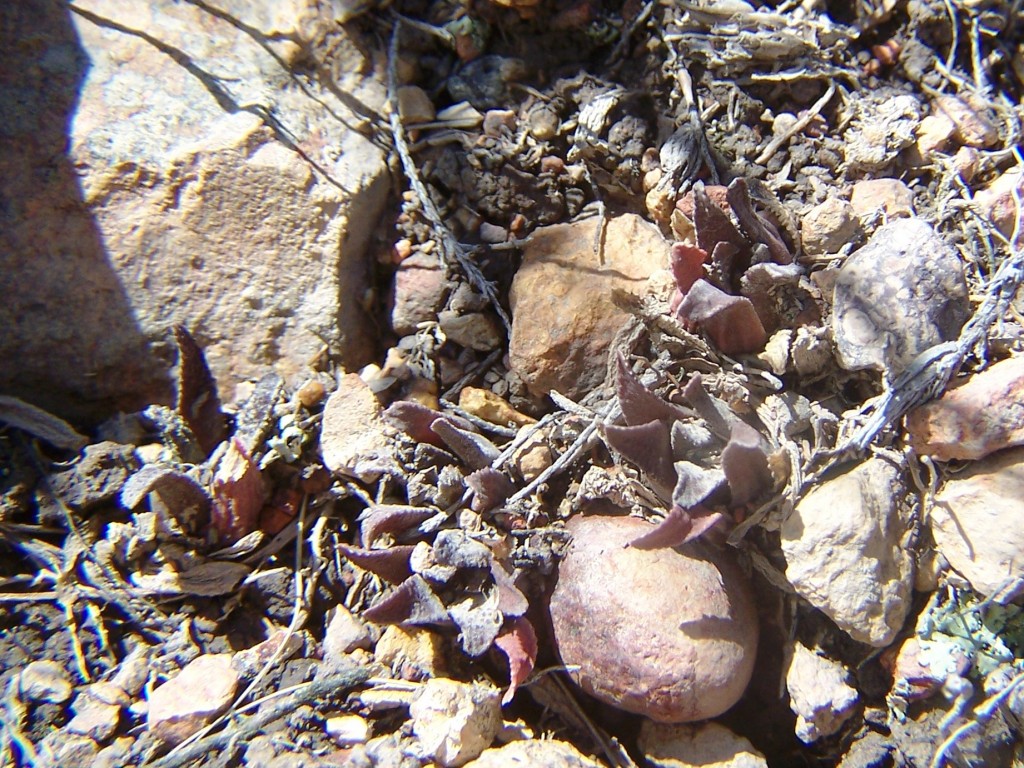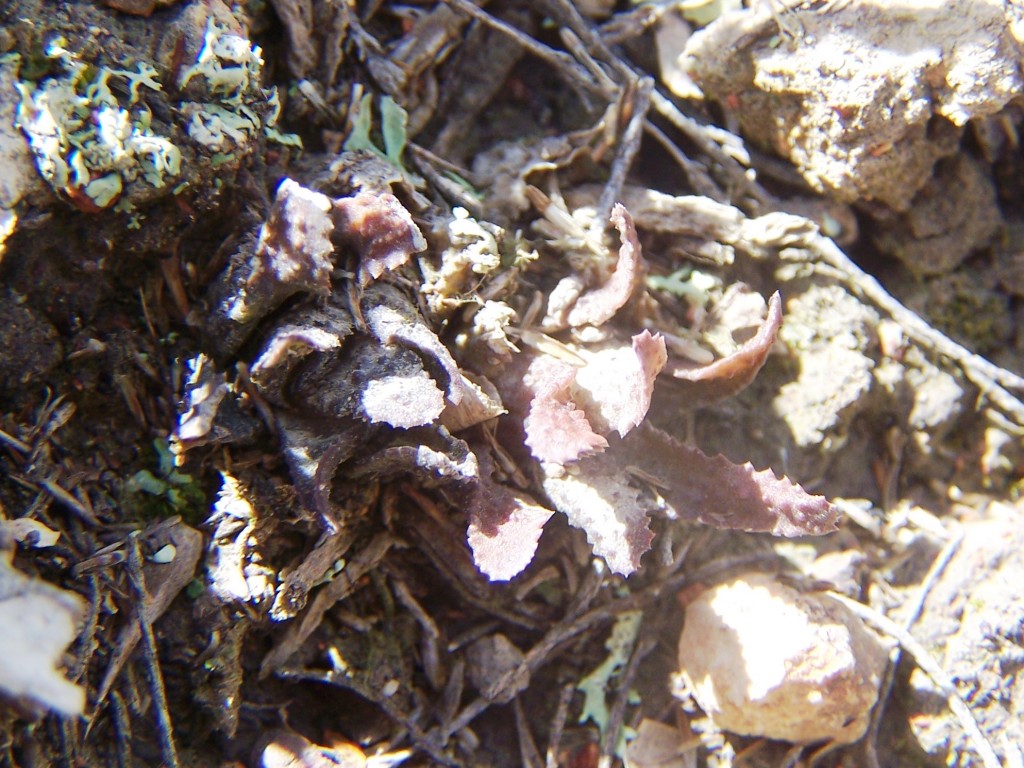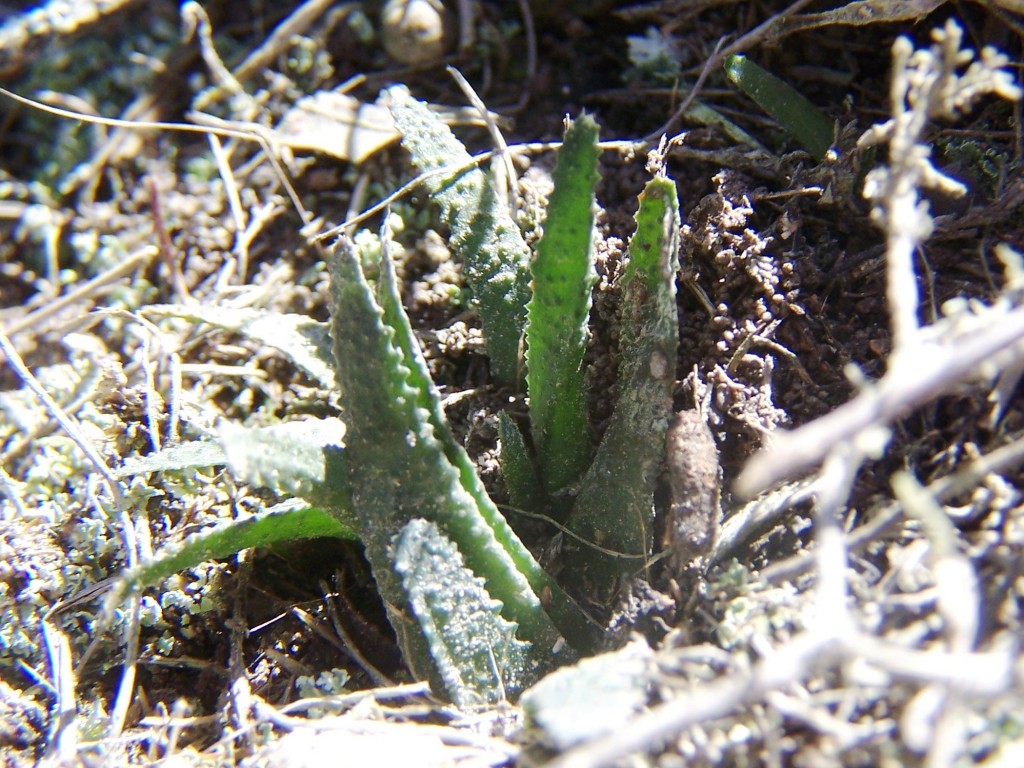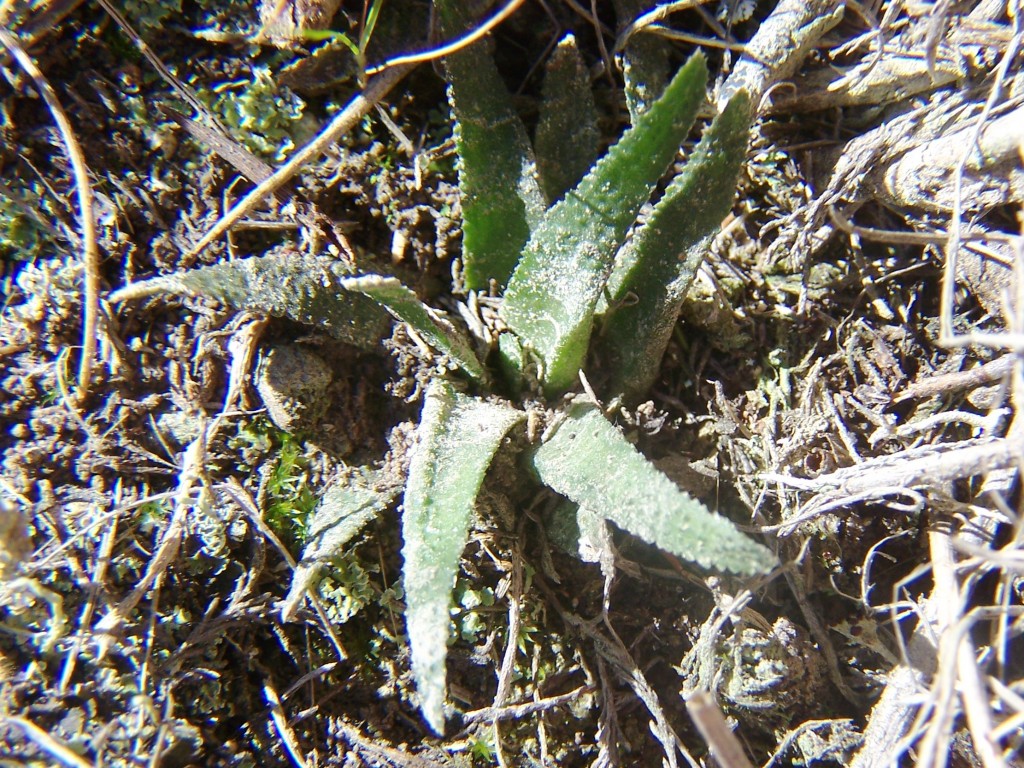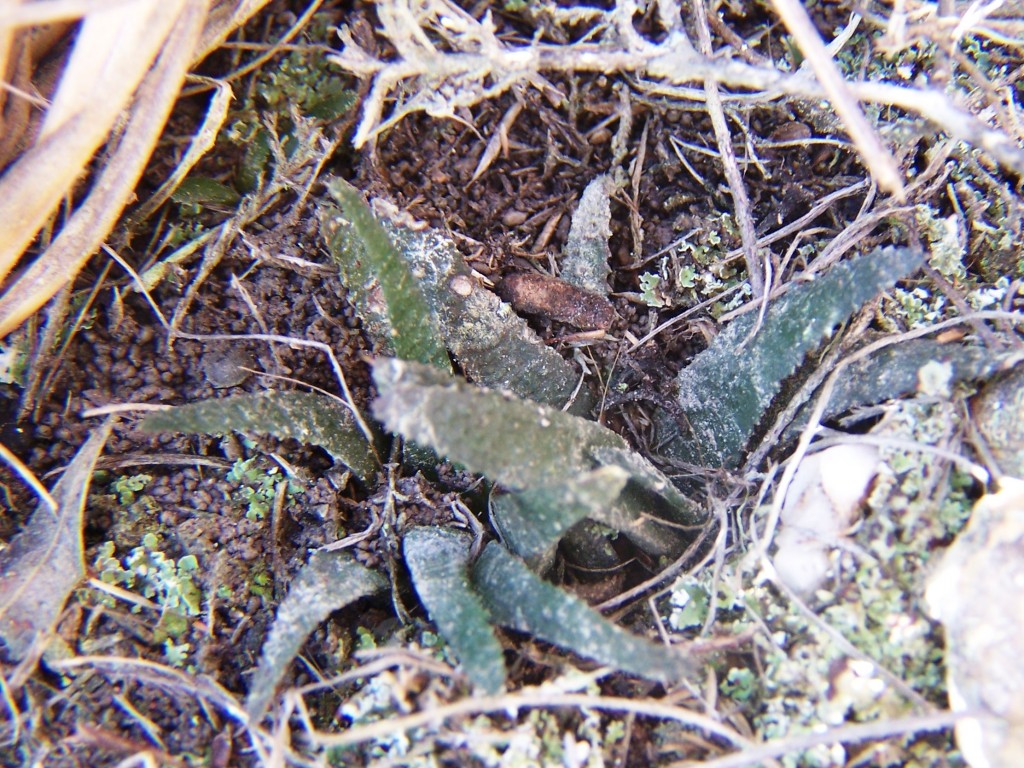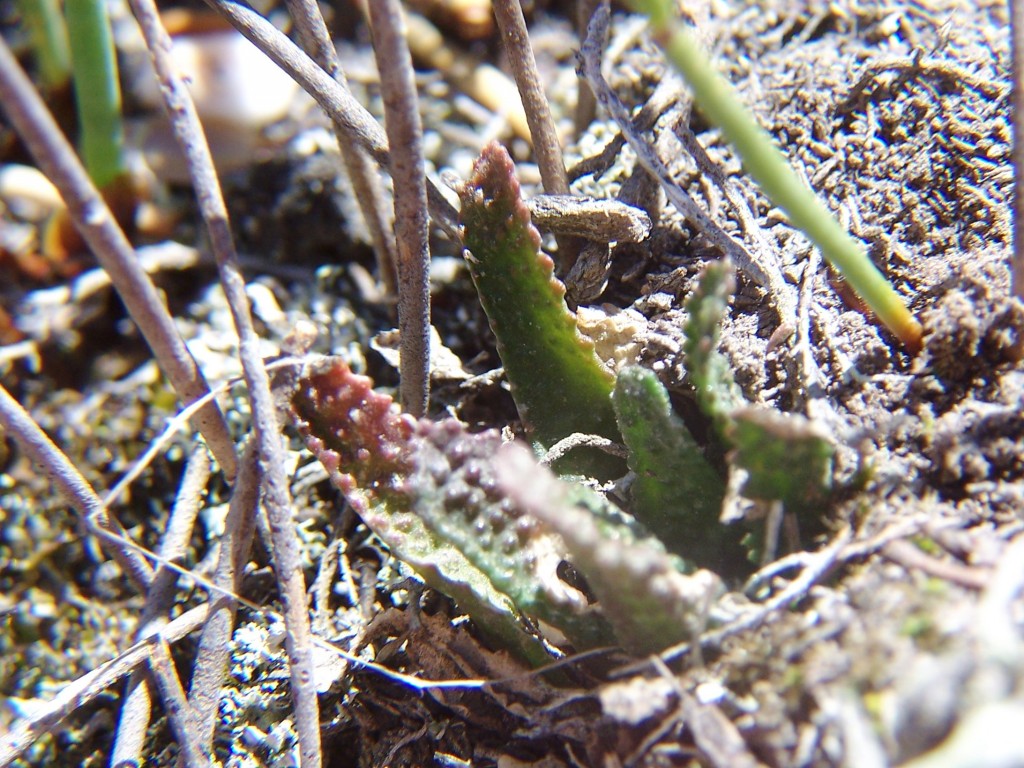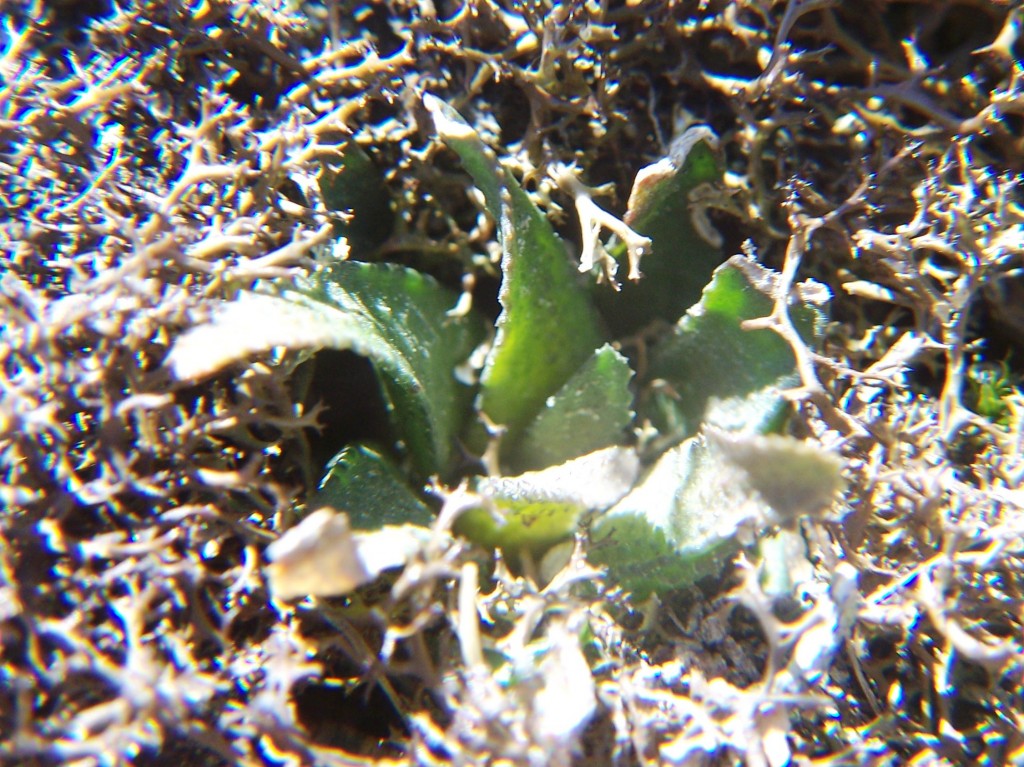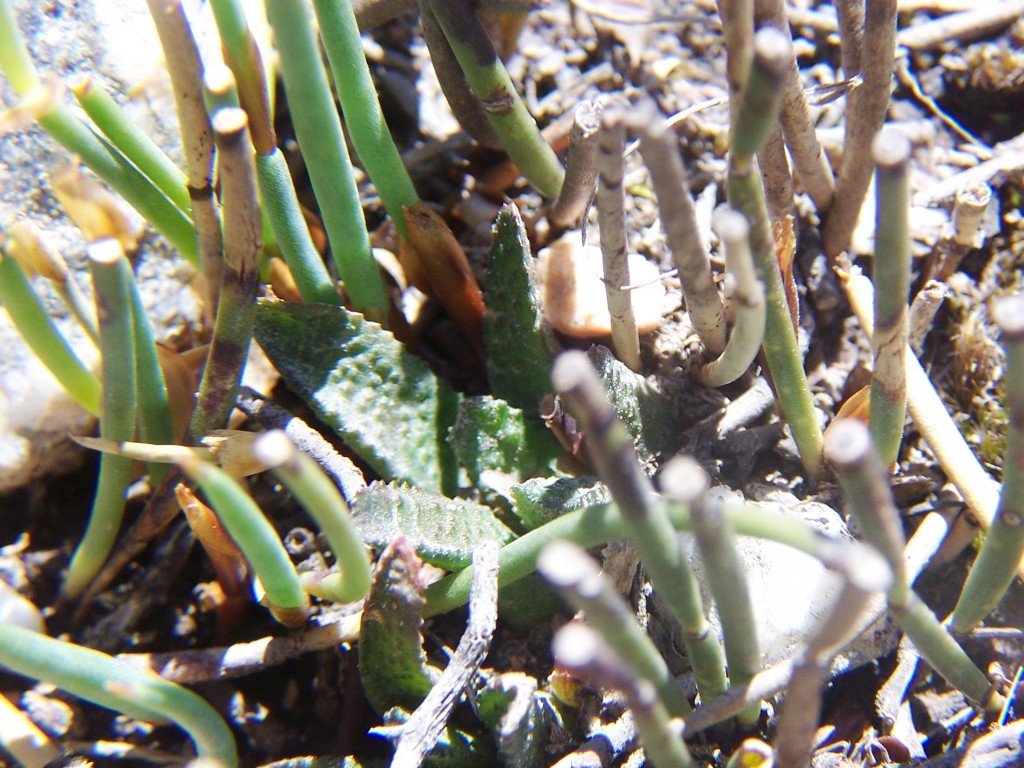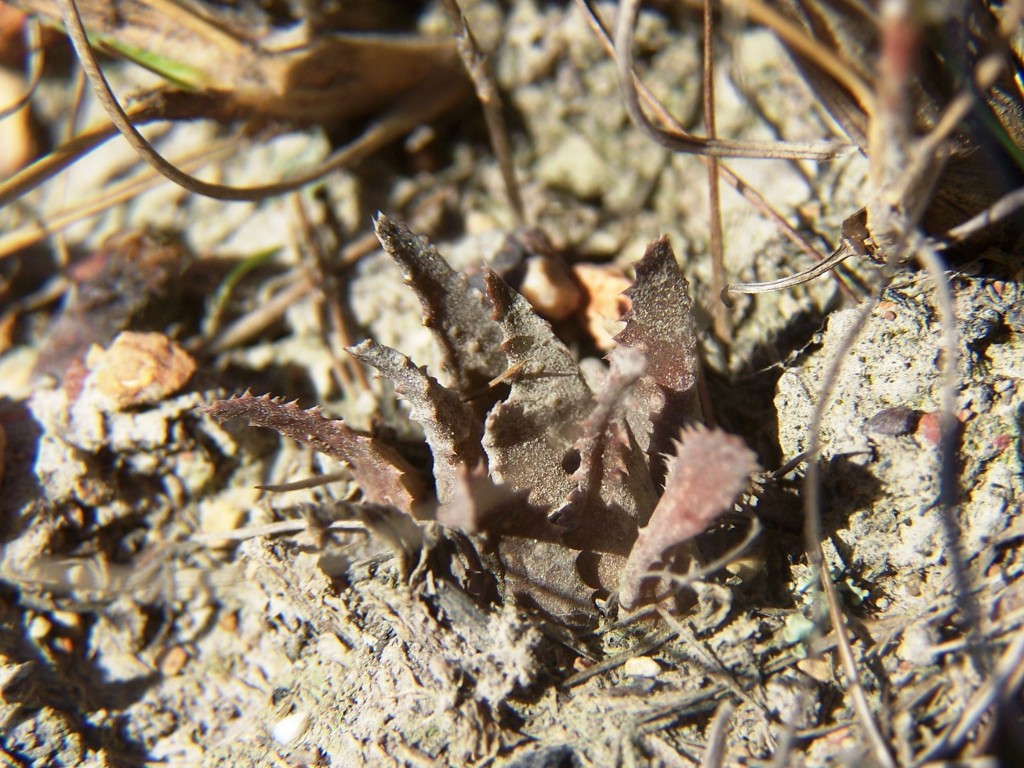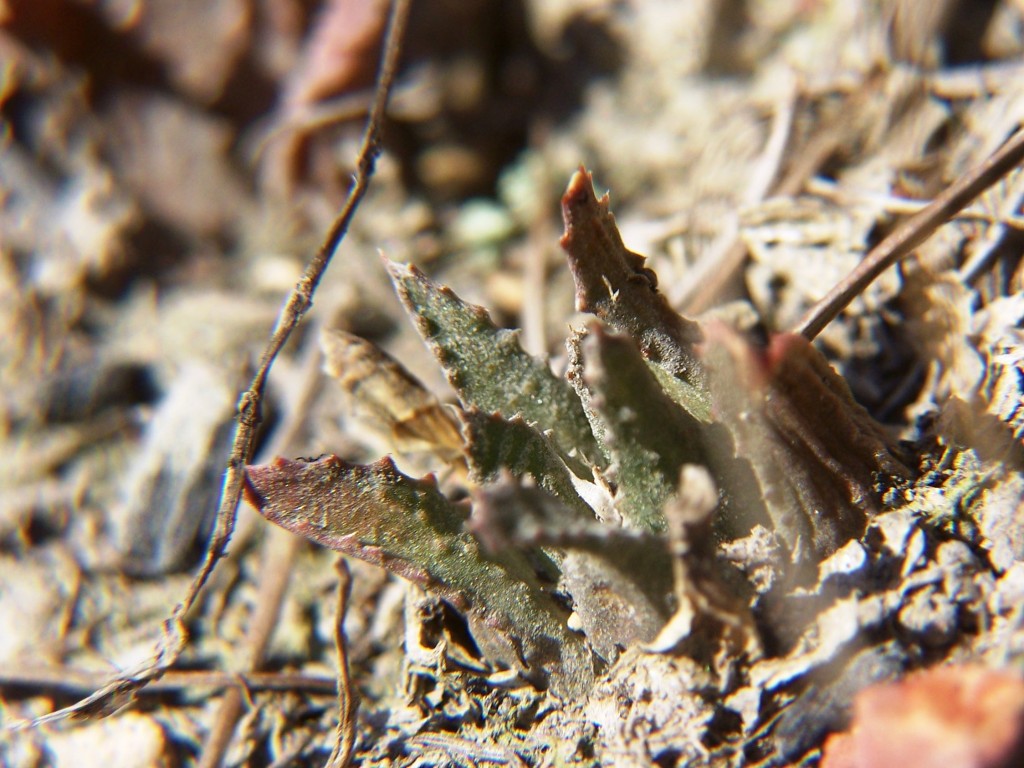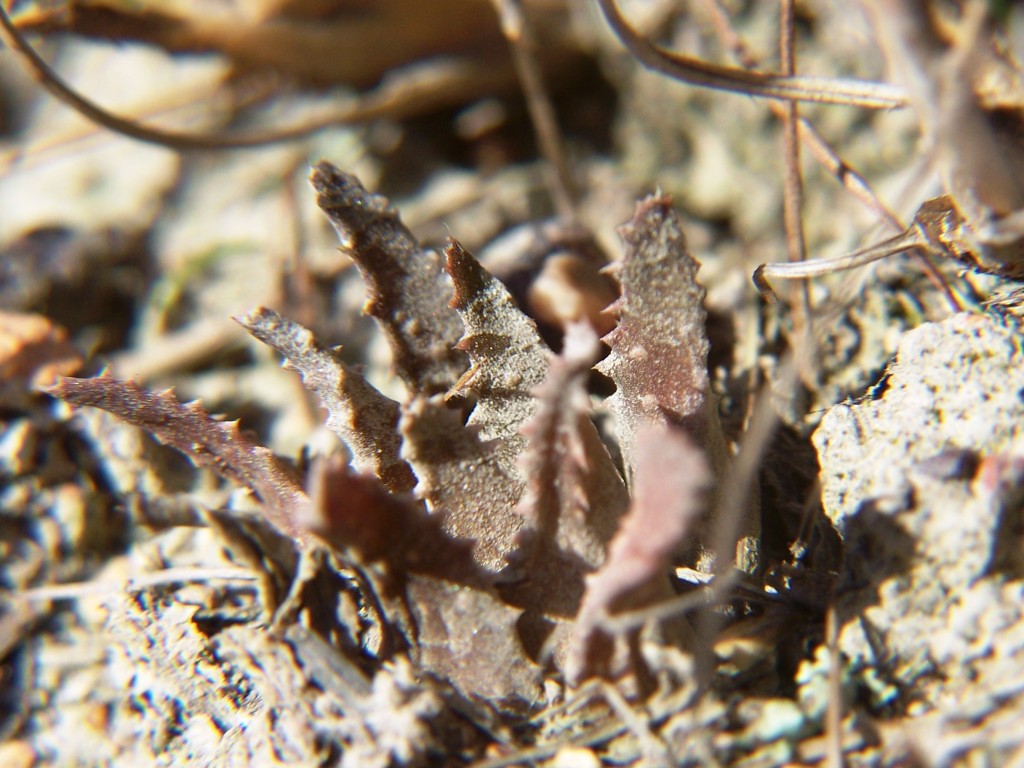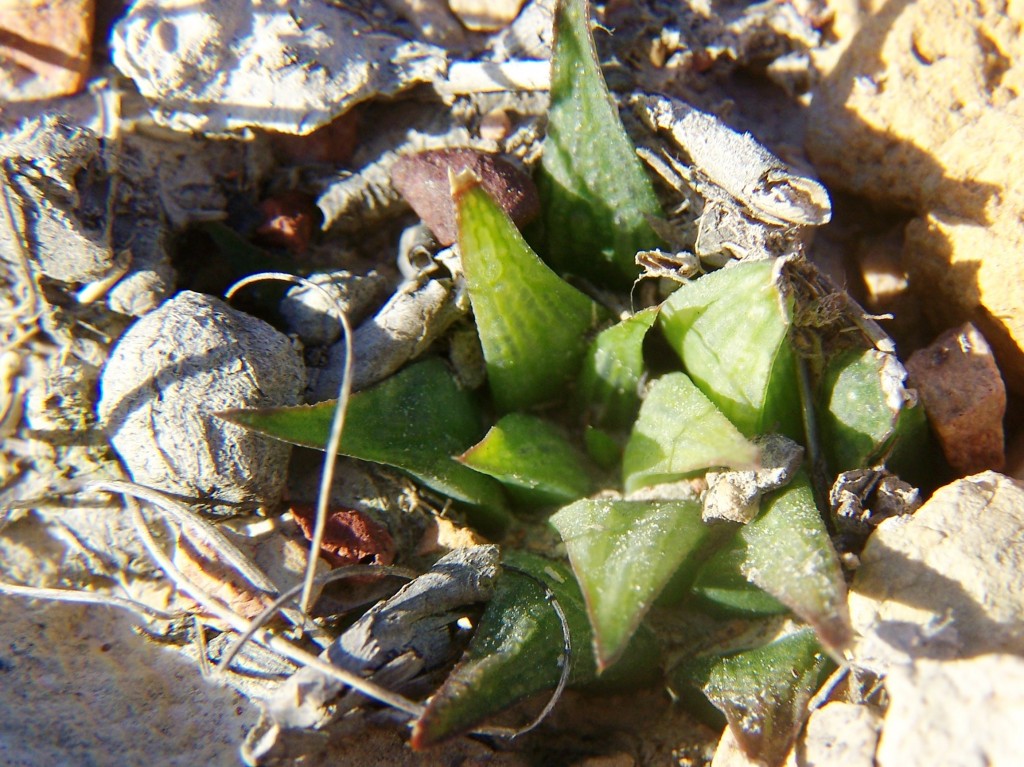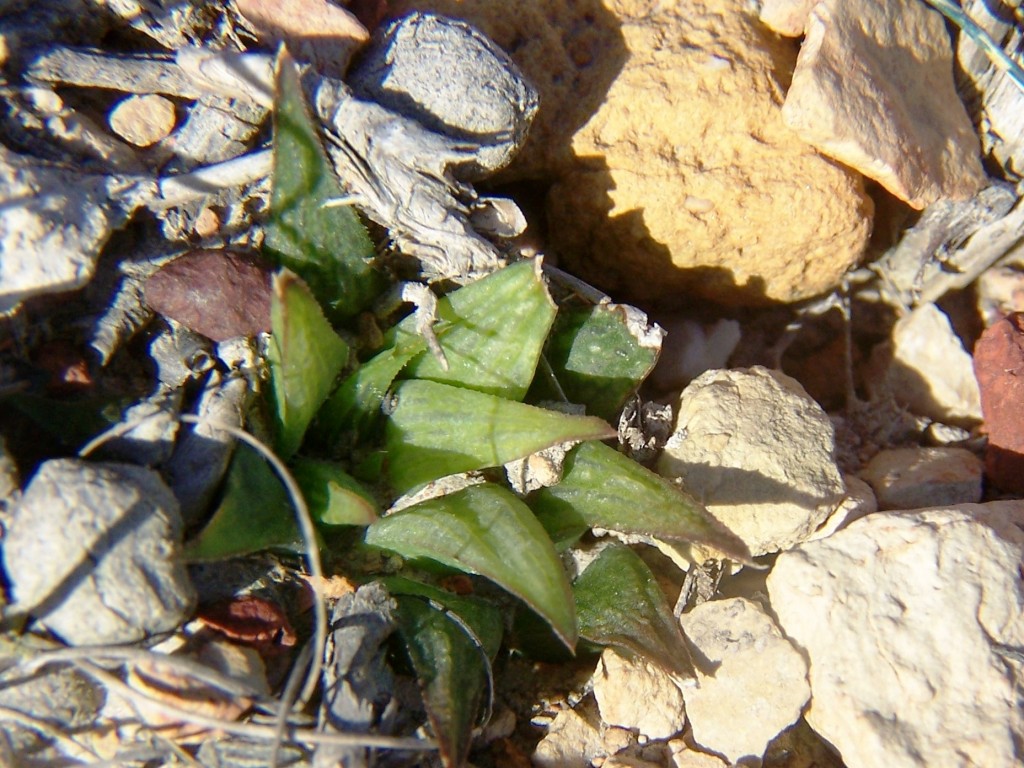Again this piece is written against the background of a detailed discussion in Haworthia UpdateVol. 2. Again I am not able to say the situation is full comprehensible and neither do I want to encourage the daffy view that nature is just too much for us all. It is really curious that this species is woven into the fabric of H. mirabilis and also into that of H. chloracantha, H. parksiana and H. variegata. New finds have not clarified the picture so much as added another dimension to an extraordinary display. Not that H. floribunda is a spectacular species. In the field it can be extraordinarily cryptic and obscure while in cultivation it is an unlikely favourite. I do not want to repeat what I have already written while I hope that this will not contradict that either. H. floribunda seems to occupy a clear niche along the base of the mountains between Albertinia in the east and Swellendam in the west. It occurs as discrete from any other species although hybrids with both H. retusa and H. mirabilis do occur. South and west of Heidelberg it seems to lose its identity within H. mirabilis and then emerges briefly in a limited area near the Potberg in the southwest in a ‘mirabilis’ context as well as in H. variegata context. At Klipfontein farm at the western end of the Potberg it seems to be recognizable in relatively the same form as the very original description. But let us look at new information.
1. MBB7722 H. floribunda ‘major’. Appelbos: This is just west of Swellendam and we came across this locality while trying to confirm a very old record of the form ‘dentata’ once brought to me from Buffeljagts very nearby. The plants are quite large and have a clear green colour quite unlike the normal dark green or purplish hue of ‘typical’ floribunda. It should not be lost to the reader that this same colour difference characterizes the difference between H. retusa and H. mirabilis. Or that both colour variation is apparent in H. mirabilis ‘paradoxa’. Kobus Venter found a similar population northwest of Swellendam and further so than my rather poorly noted collection of proliferous dark plants with predominantly pointed leaves. In fact this population is hidden in its citation in my Revision under H. variegata. This will perturb those readers who are imprisoned in the paradigm of rigid similarities that define species. The Appelbos plants generally have the straight acuminate leaves that H. variegata has, but before arguing the issue and without actually properly looking at the whole H. variegata milieu, here are two connected records …
2. MBB7738 H. floribunda ‘major’. Swellendam: These plants were in fact small when first collected and in cultivation grew so large that I coined the name ‘major’ for them. They do still exist in a very small and disturbed area close to gum trees but curiously in moss free of leaf litter. I did also find them a little further away in a more grassy area where they are/were more typically small and dark coloured. I should note that I also recorded this ’dentata’-like version within the Bontebok Park close to where H. mirabilis occurs and I am still committed to again finding that population in the light of this new material.
3.MBB7774 H. floribunda ‘major’. Swellendam: We were concerned about the disappearance of an interesting form of H. minima from the area and in extending our search for plants came across H. floribunda in gumtree leaf litter about 400m east of the previous H. floribunda population. At first glance I did a double-take and then another because I actually thought I was looking at a slender form of H. marginata as occurs at Drew. The plants we saw were really large forms of H. floribunda with pointed leaves exceeding 100mm in length. They were quite proliferous and not all nearly as big as the first surprise ones. We also located smaller plants in numbers on the opposite side of the road also under gumtrees.
4. MBB7708 H. floribunda ‘dentata’. Goedverwagting: Apart from the Buffeljagts and Bontebok Park records there is an inexplicable hiatus in the appearance of the species west of Heidelberg. This is probably simply due to inadequate exploration that these new records now expose. It is quite evident that in the general area north of an imaginary line connecting Swellendam and Albertinia, H. floribunda does occur independently and in near company of H. mirabilis and the latter invariably in the form of ‘atrofusca’. This Goedverwagting record fills this gap as an association with ’atrofusca’ that pushes southwards.
5. JDV93/58 H. floribunda ‘dentata’. RoseInnis Drive; JDV93/56 do. Plattekop; MBB7760 do. Witkleikop; MBB7764 do. NW Platkop; MBB7767 do. Plaatjieskop: Being so cryptic may be a reason for the non-record of this species. It is associated with the ferricrete inselbergs and has the really curious association with H. mirabilis already remarked upon. In these four records, three of which are new, the plants occur independently of other Haworthia species and there is no obvious habitat preference that suggests why this is so. I also think that there is significance in which the characteristic rounded leaf tip is replicated especially in the juvenile leaves of H. mirabilis. The last cited record is the dramatic one. The plants are in very close association with H. retusa in two small geomorphologically different and adjacent sites, and we observed what seem to be reciprocal hybrids.
JDV93/58 H. floribunda ‘dentata’. RoseInnis Drive
JDV93/56 H. floribunda ‘dentata’. Plattekop.
MBB7760 H. floribunda ‘dentata’. Witkleikop.
MBB7764 H. floribunda ‘dentata’. NW Platkop.
MBB7767 H. floribunda ‘dentata’. Plaatjieskop.
| Hybrid MBB7768 H. floribunda x retusa, Platjieskop |

Habitat H. floribunda. Plaatjieskop.

